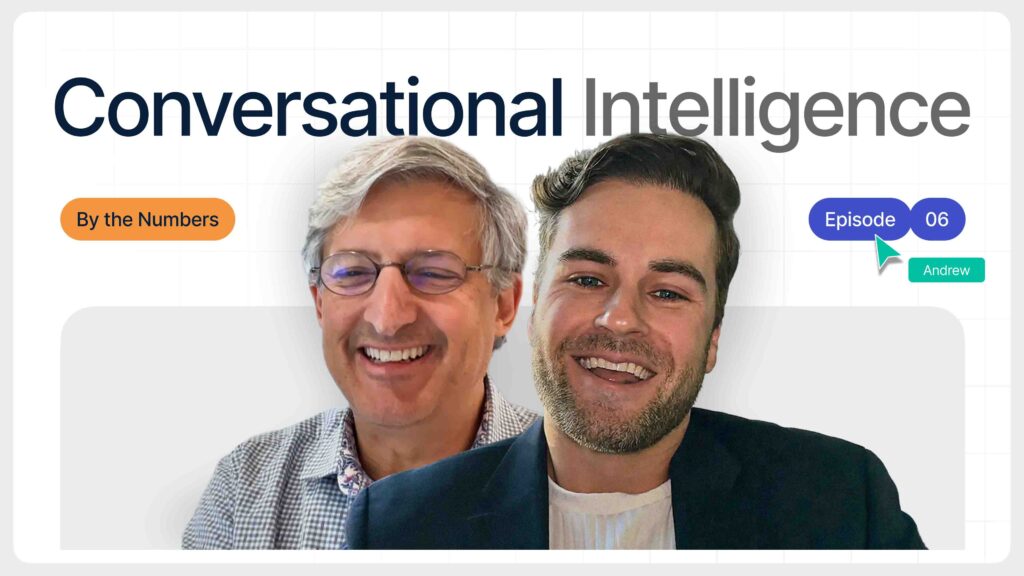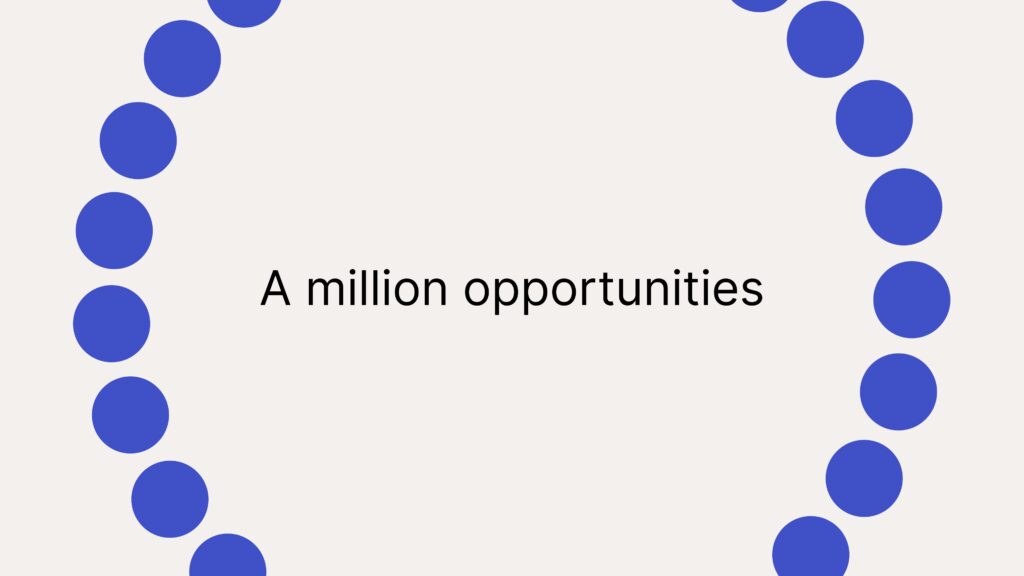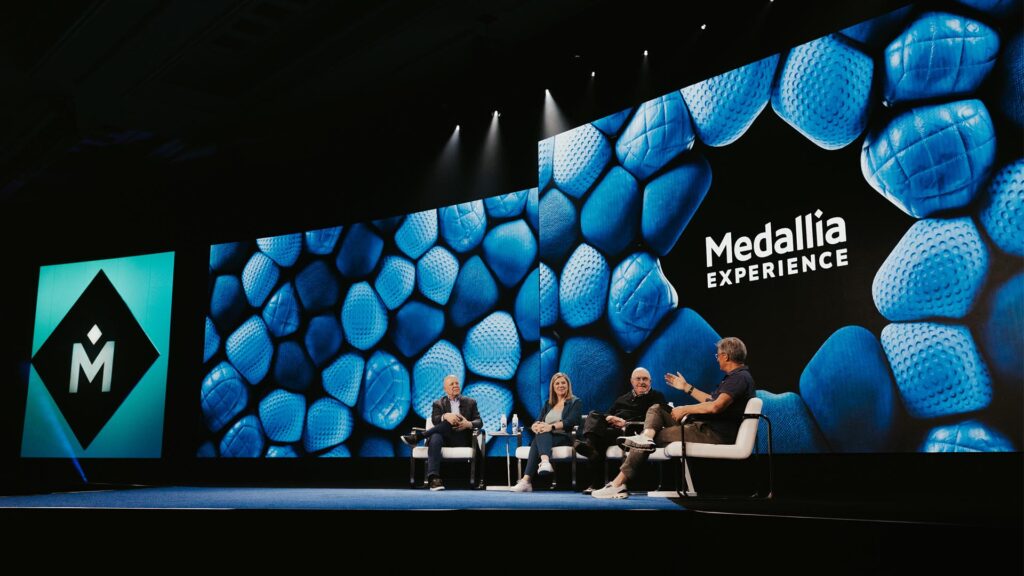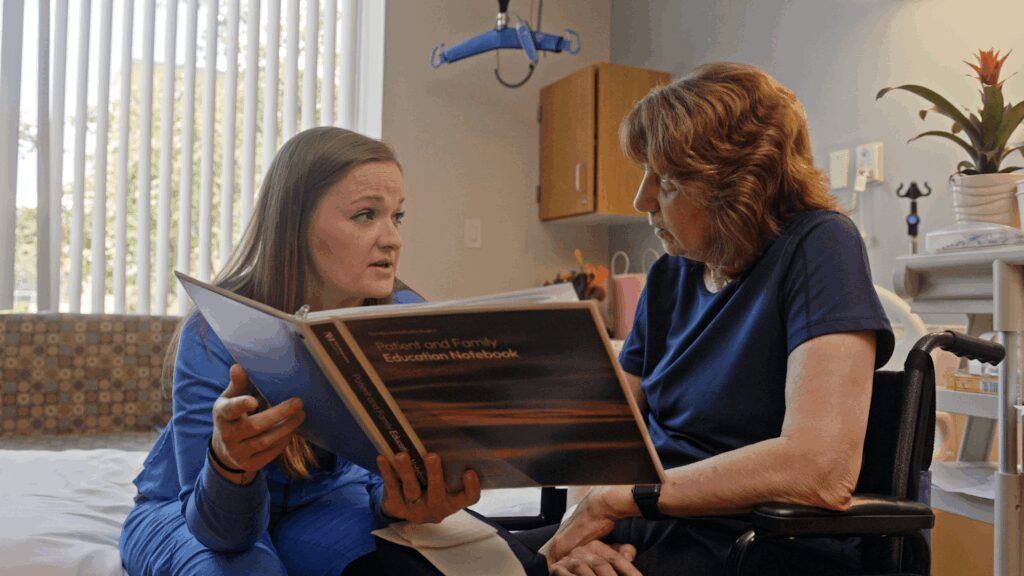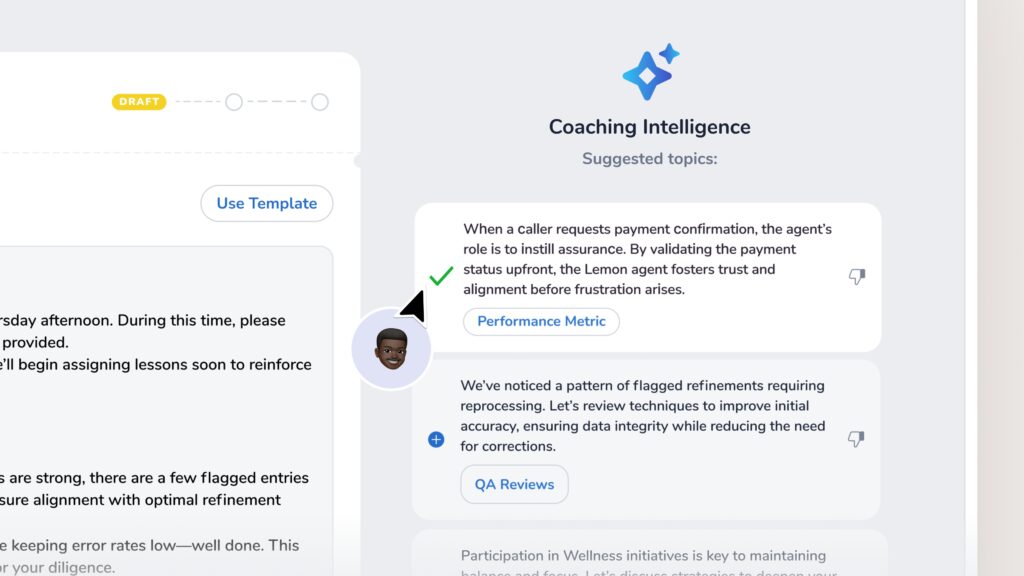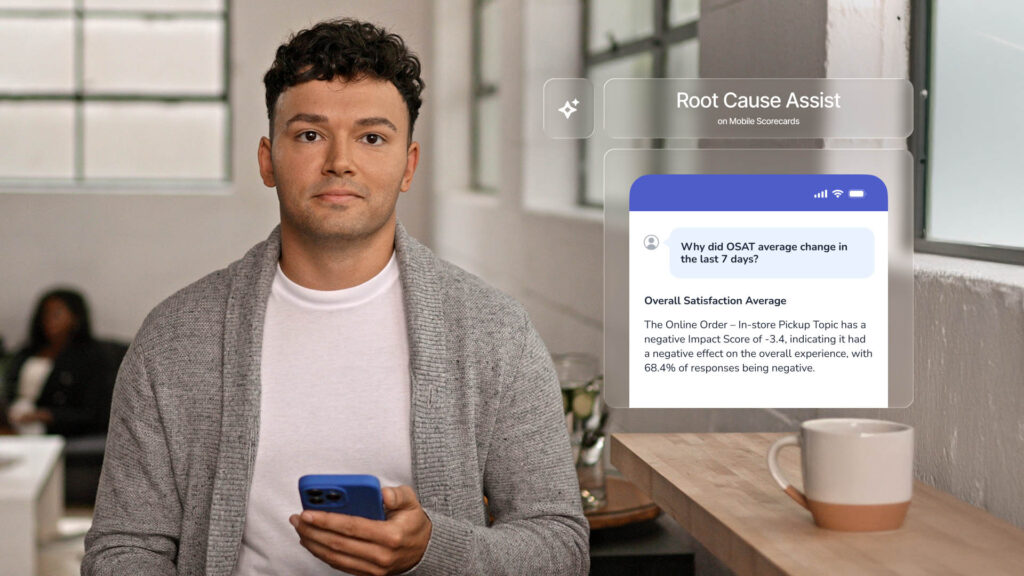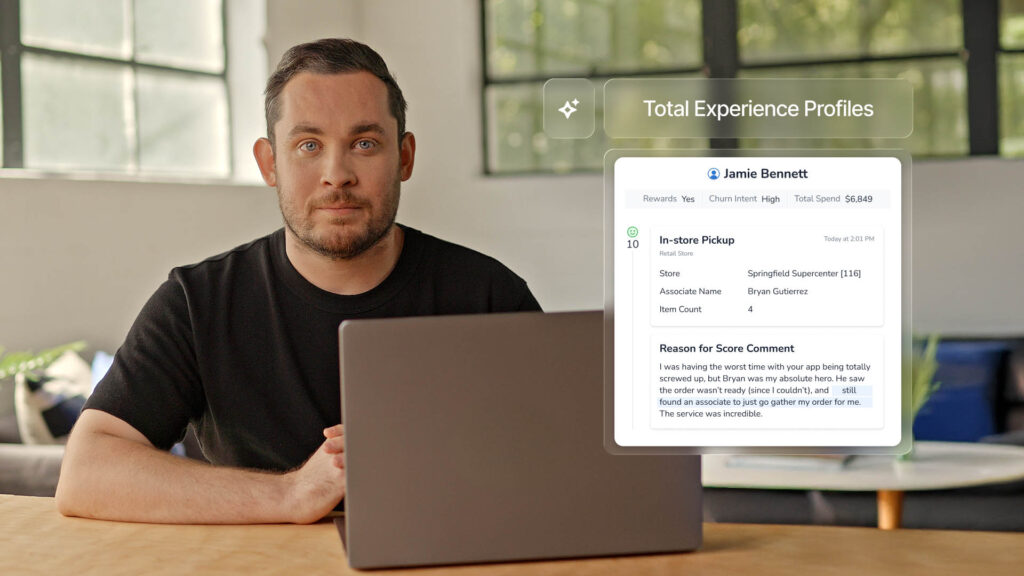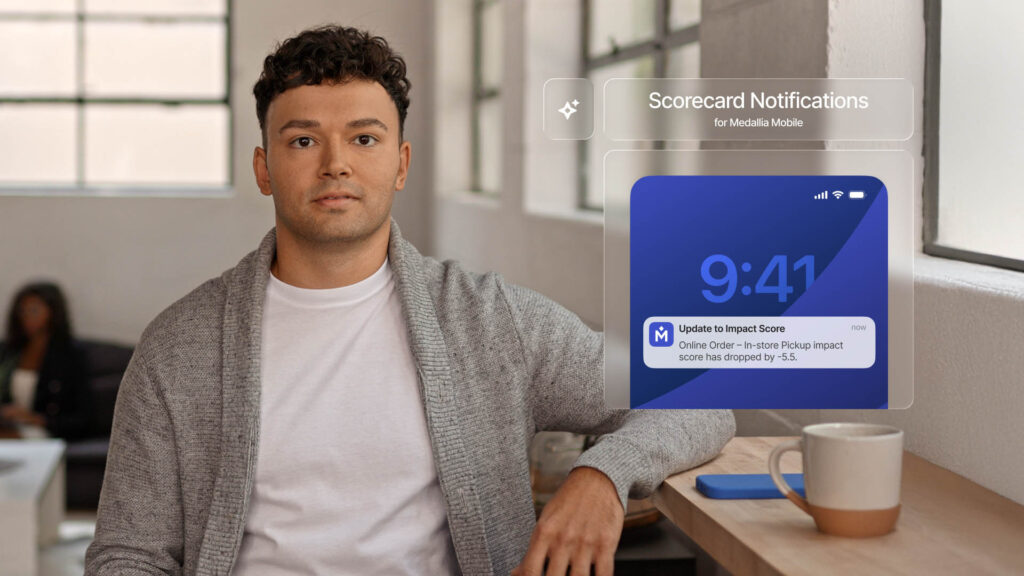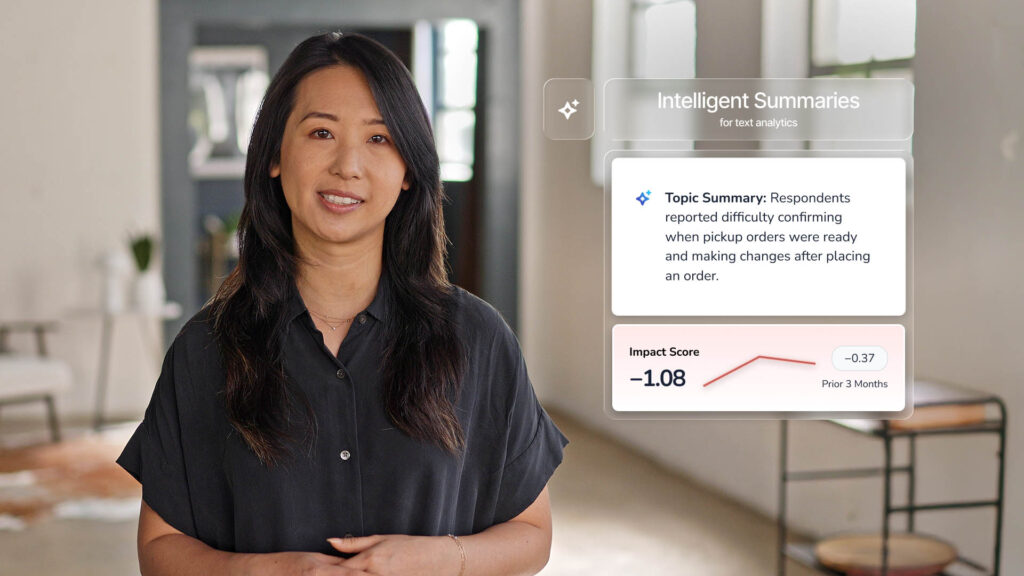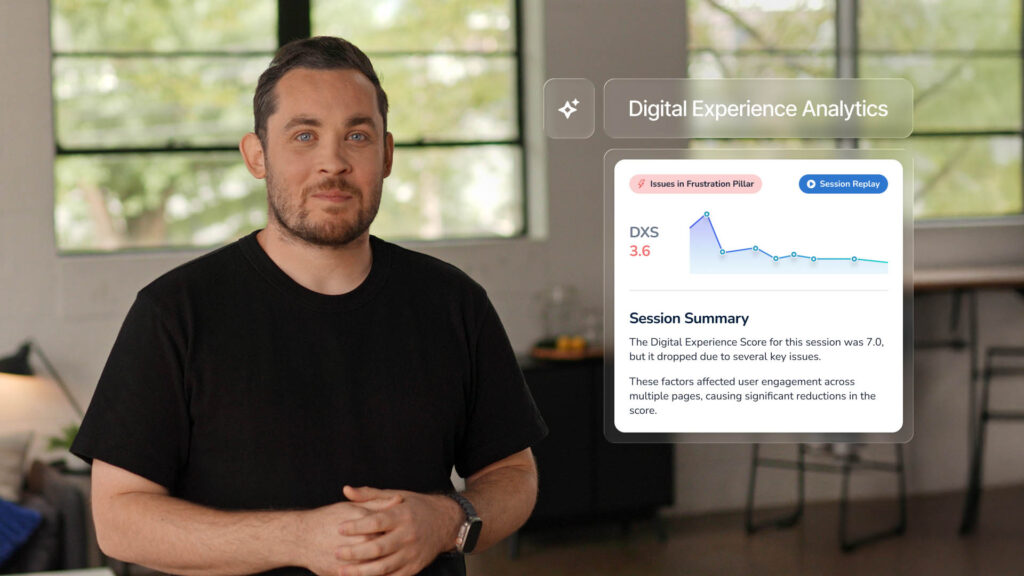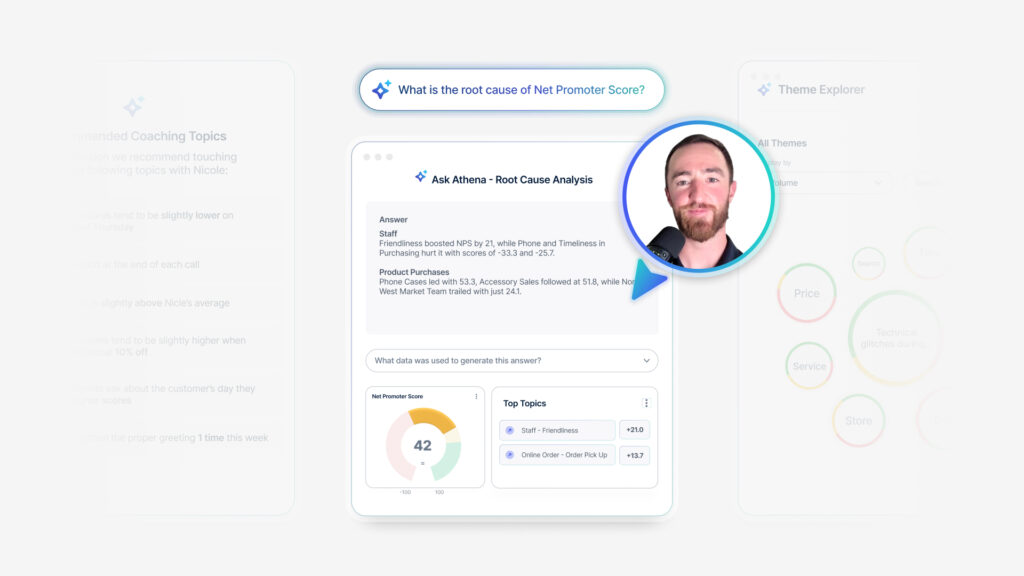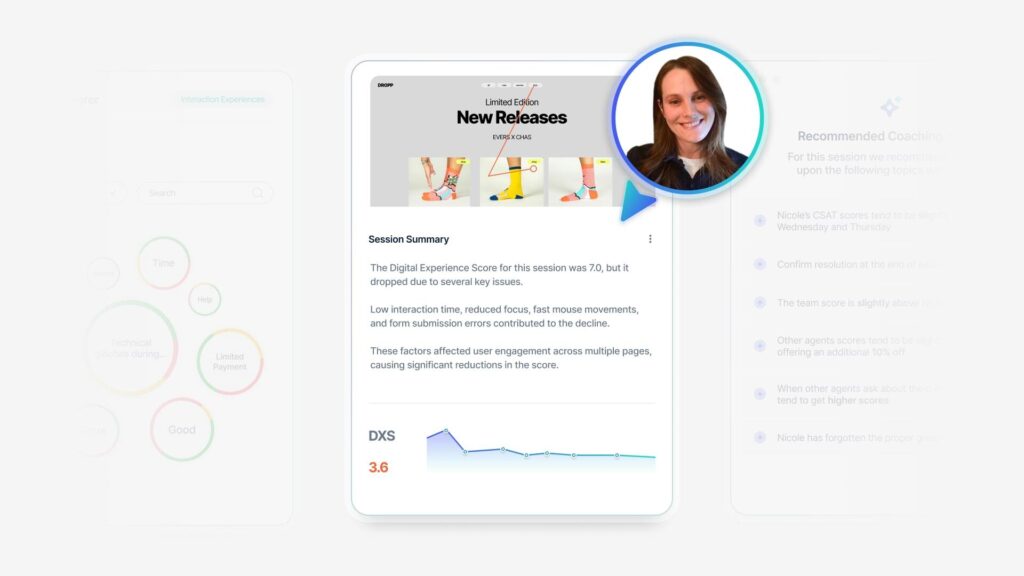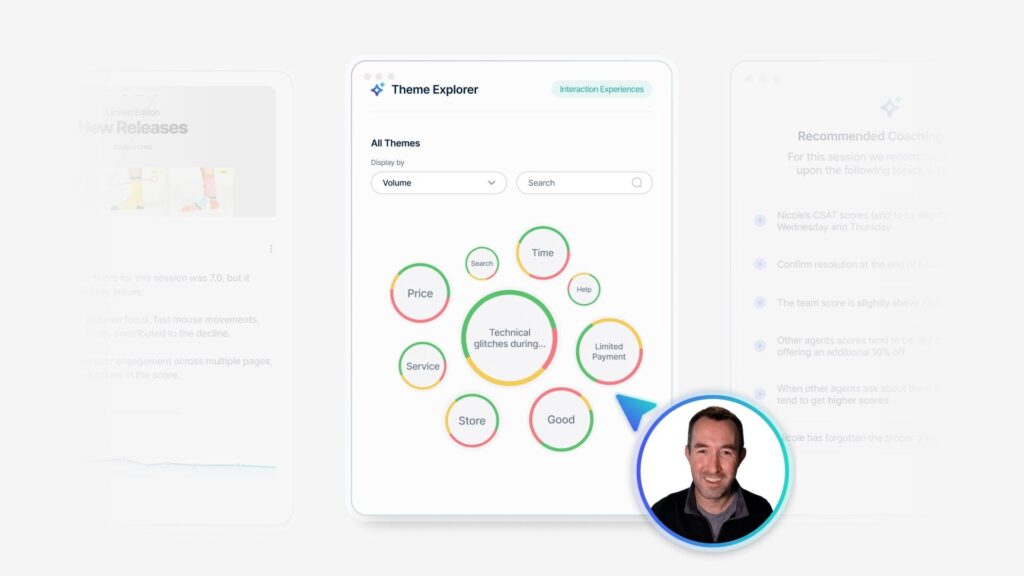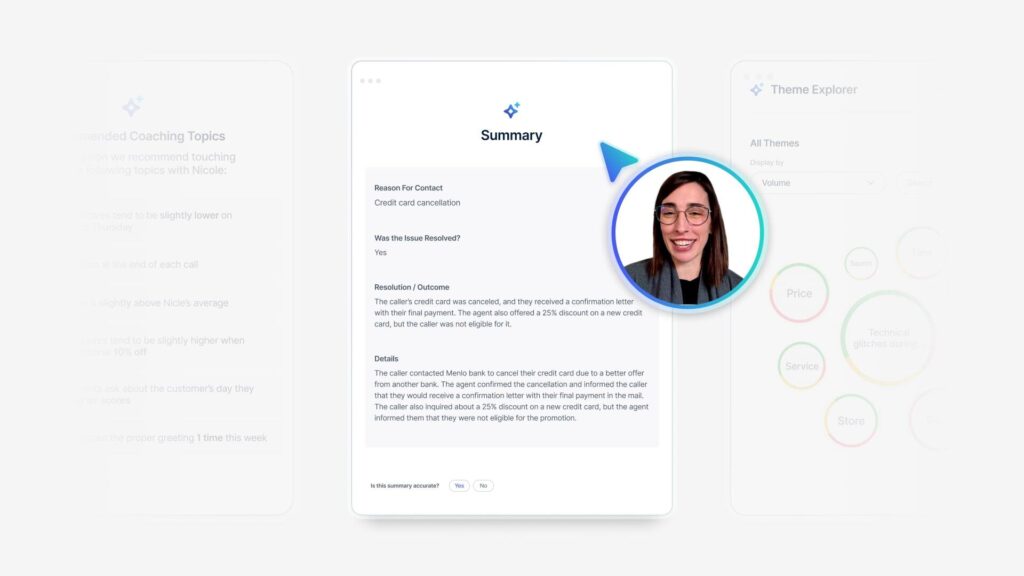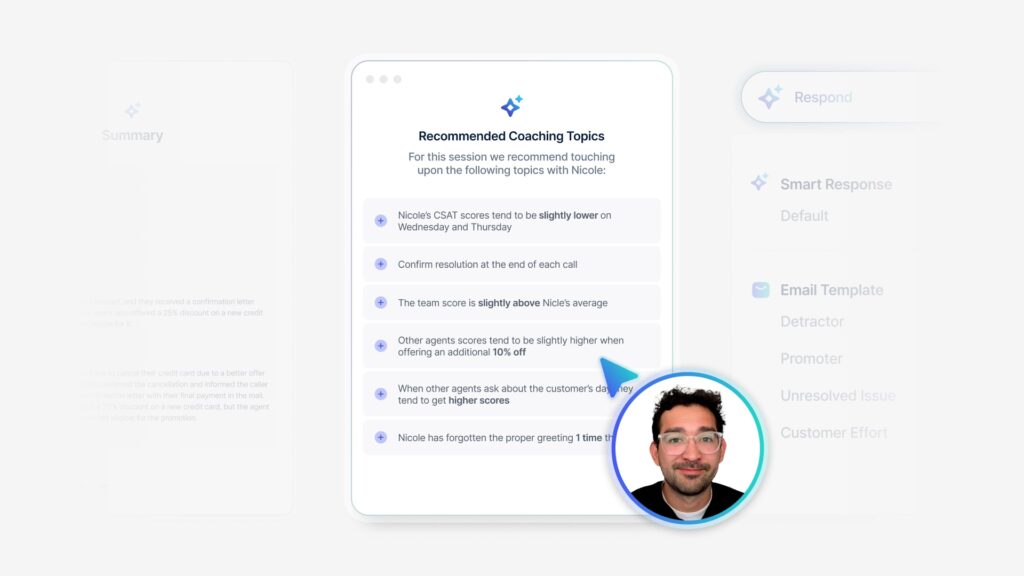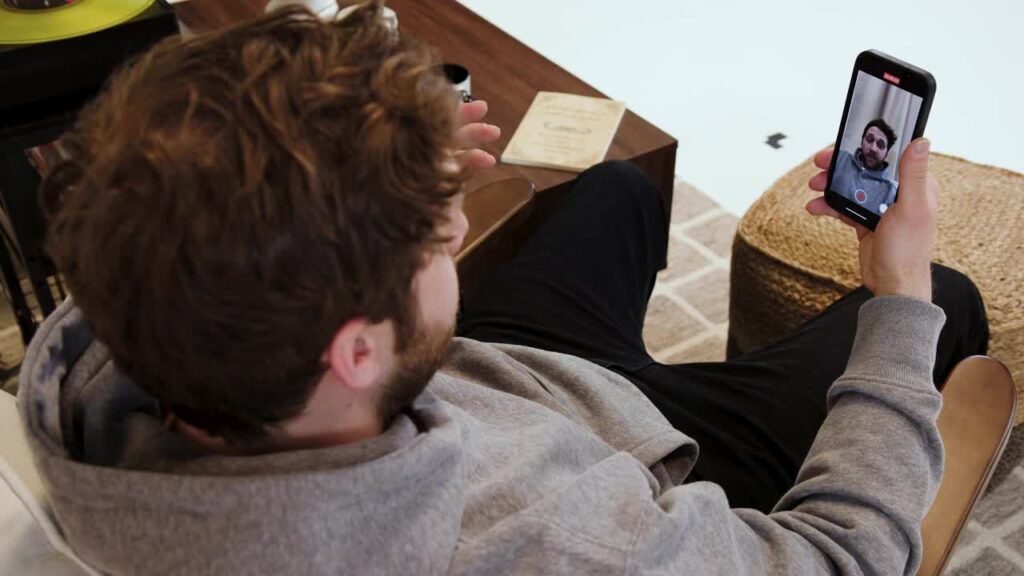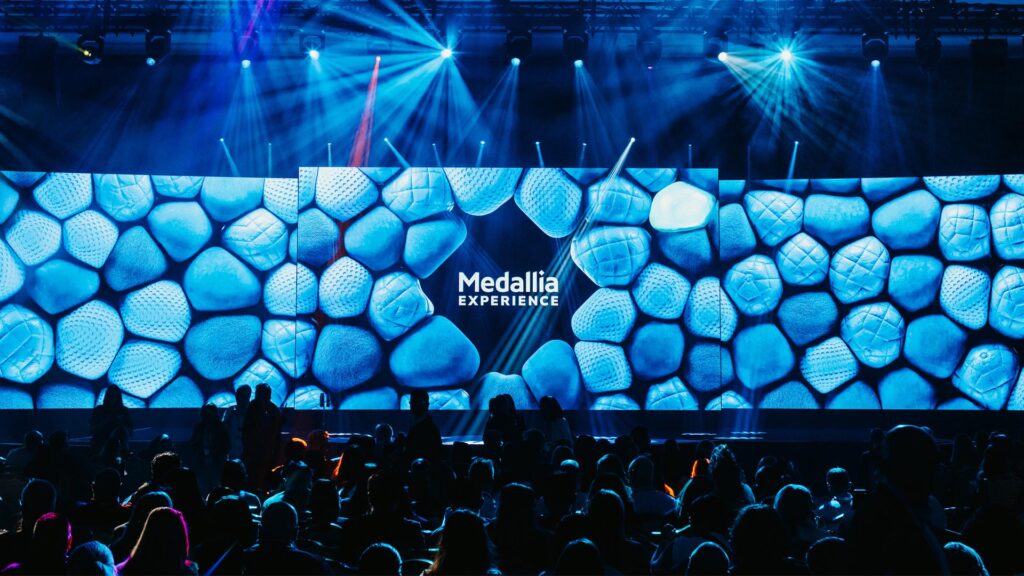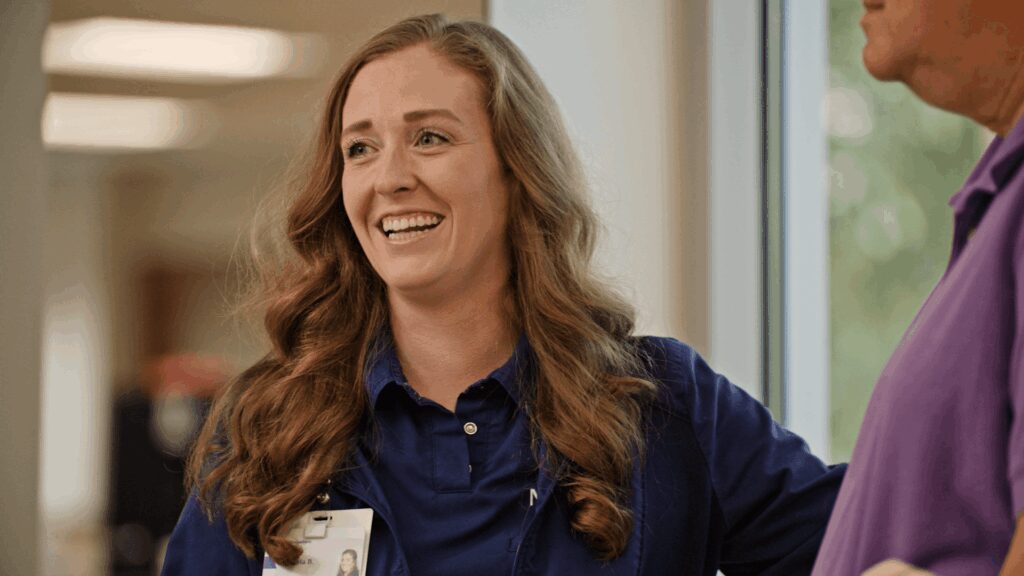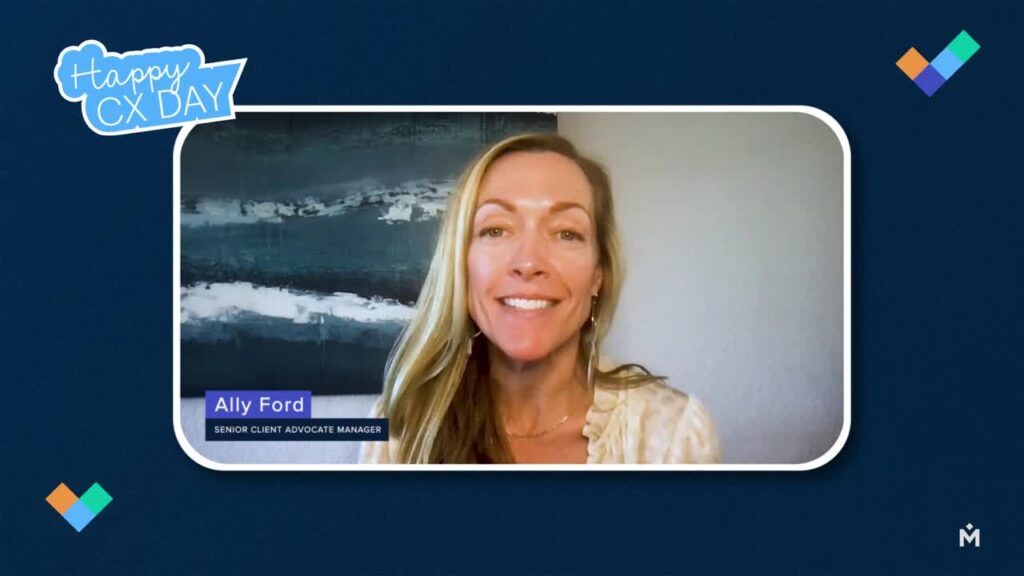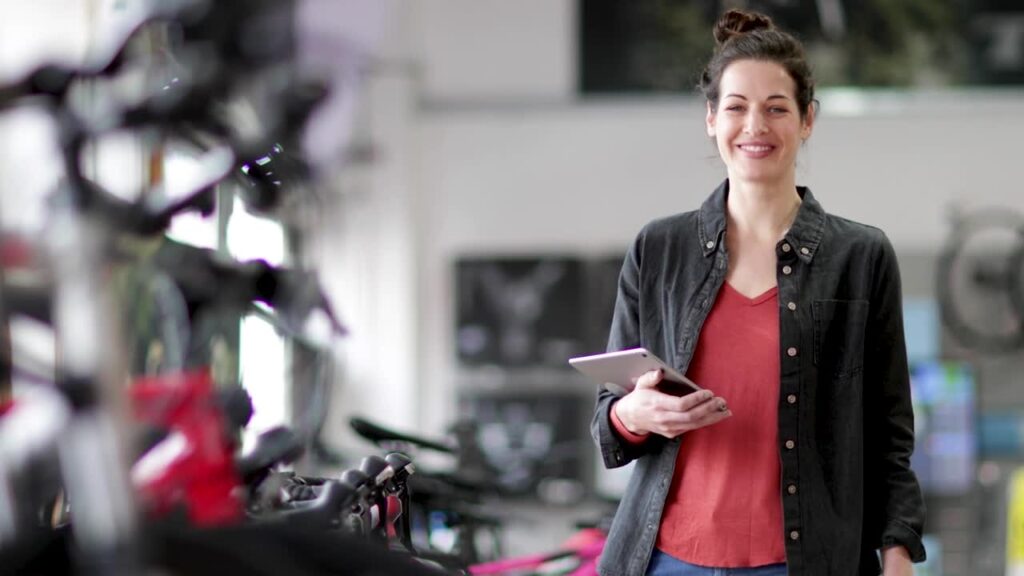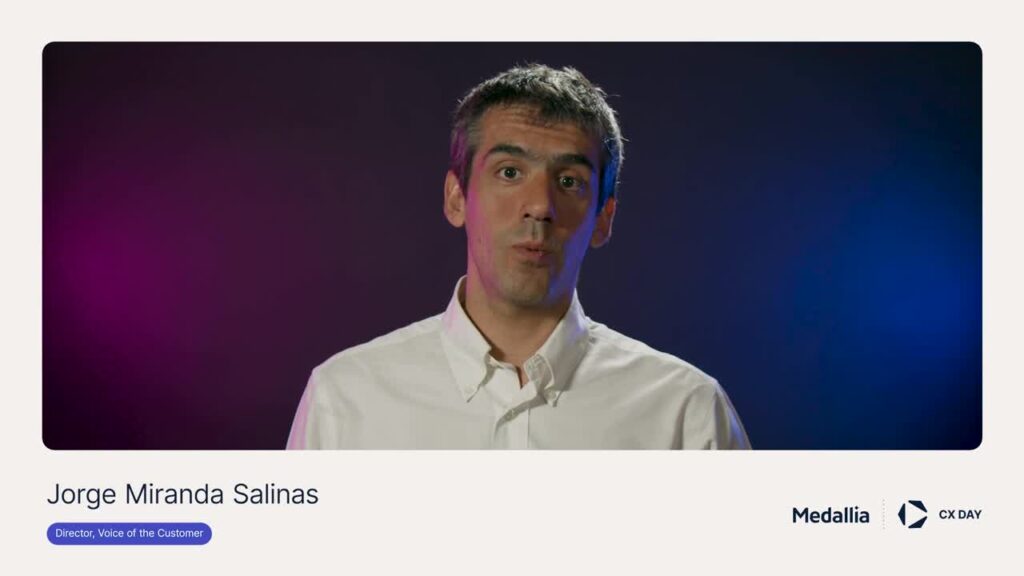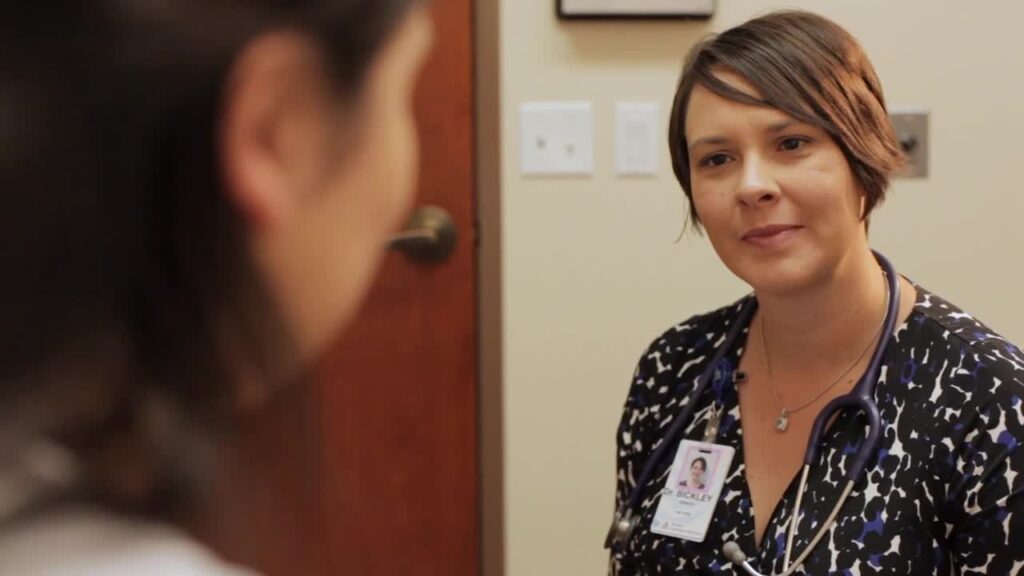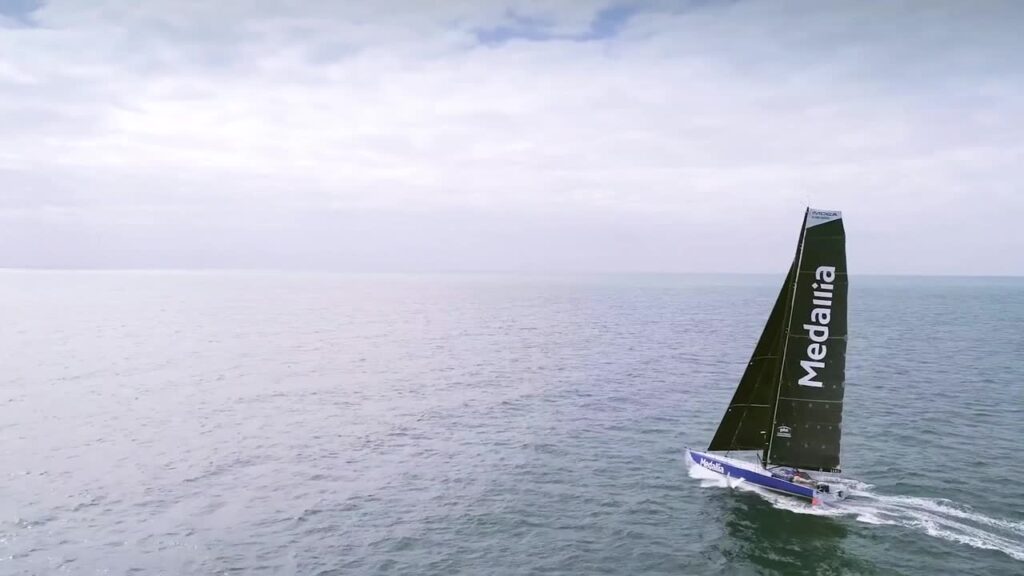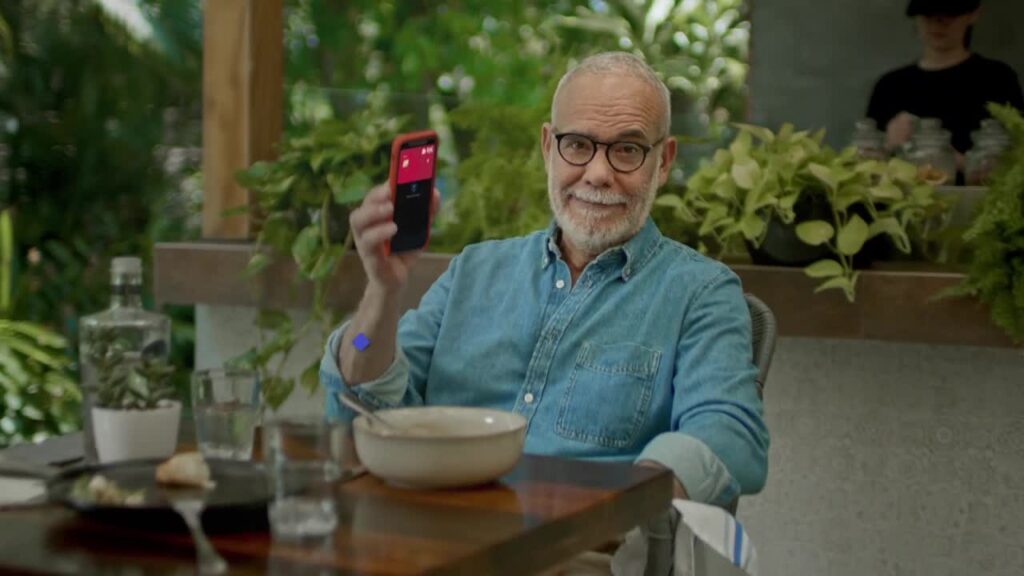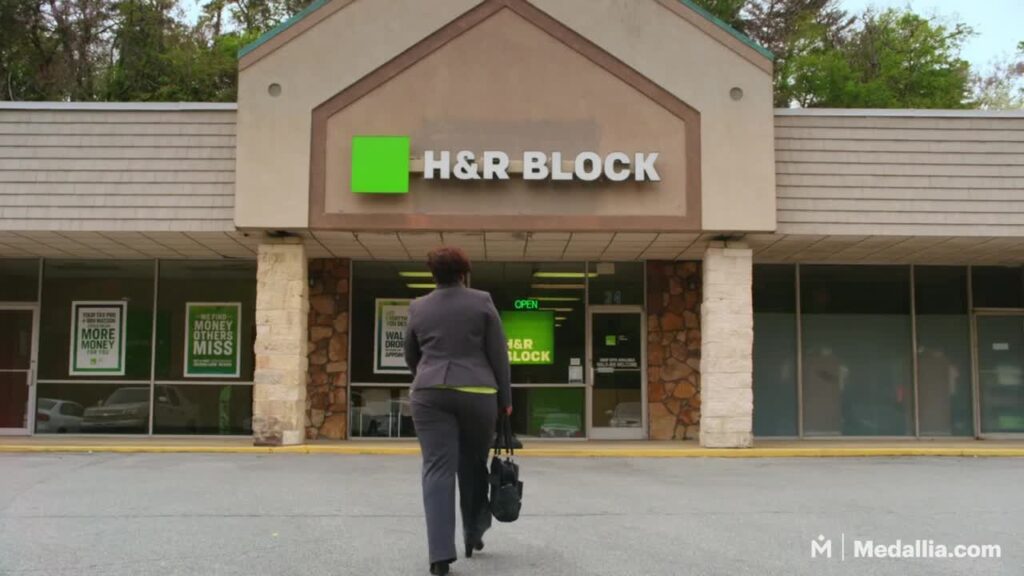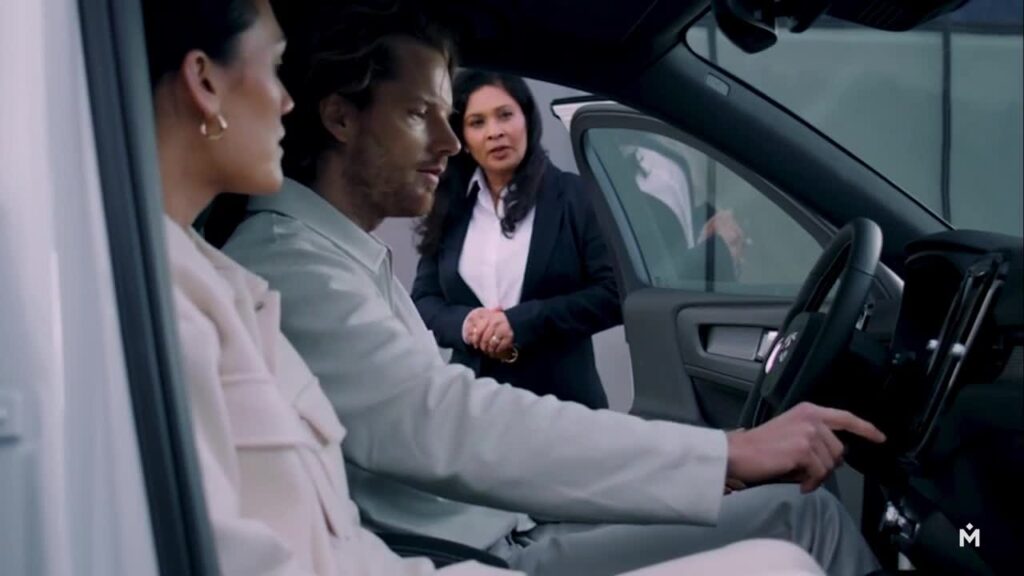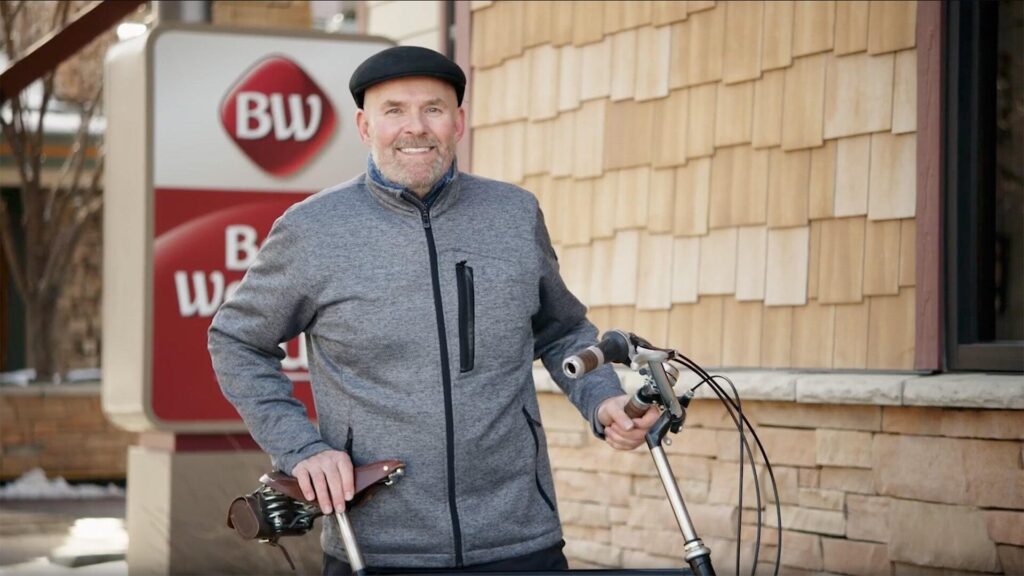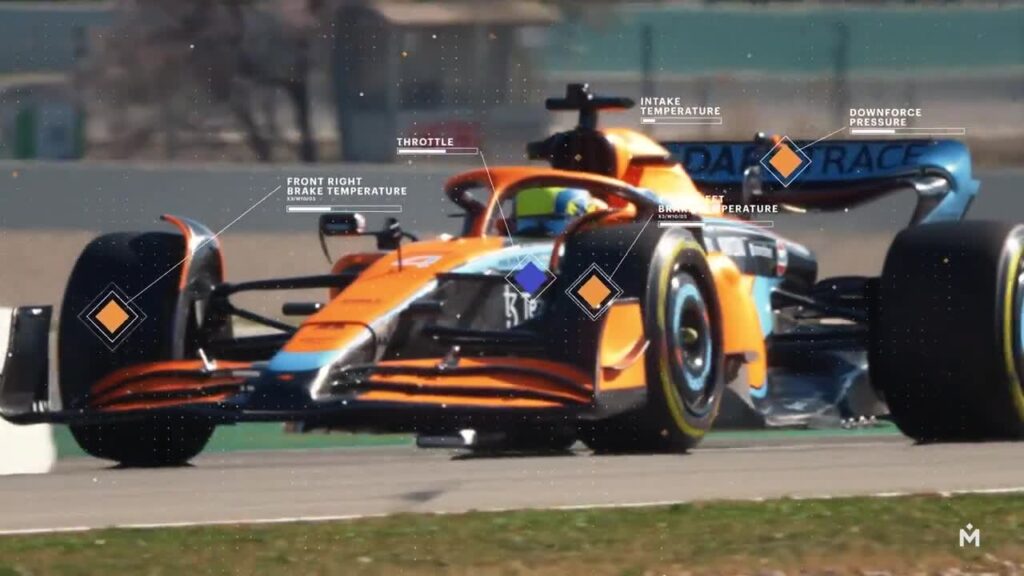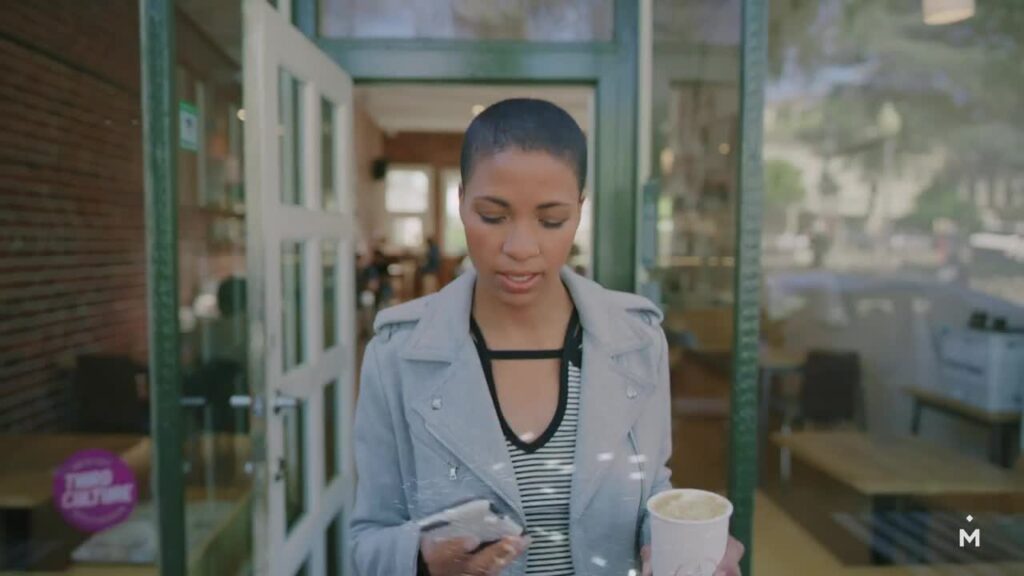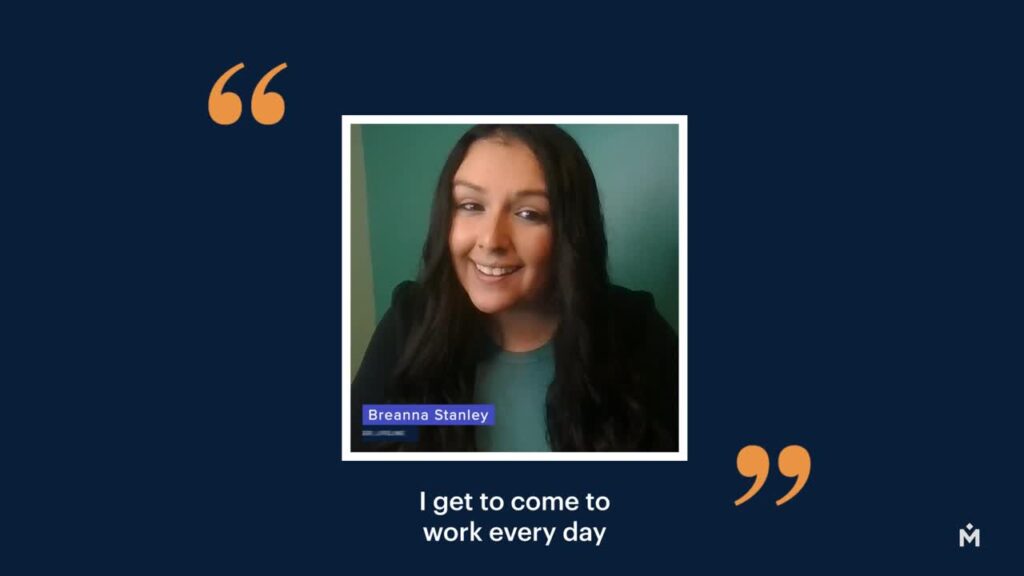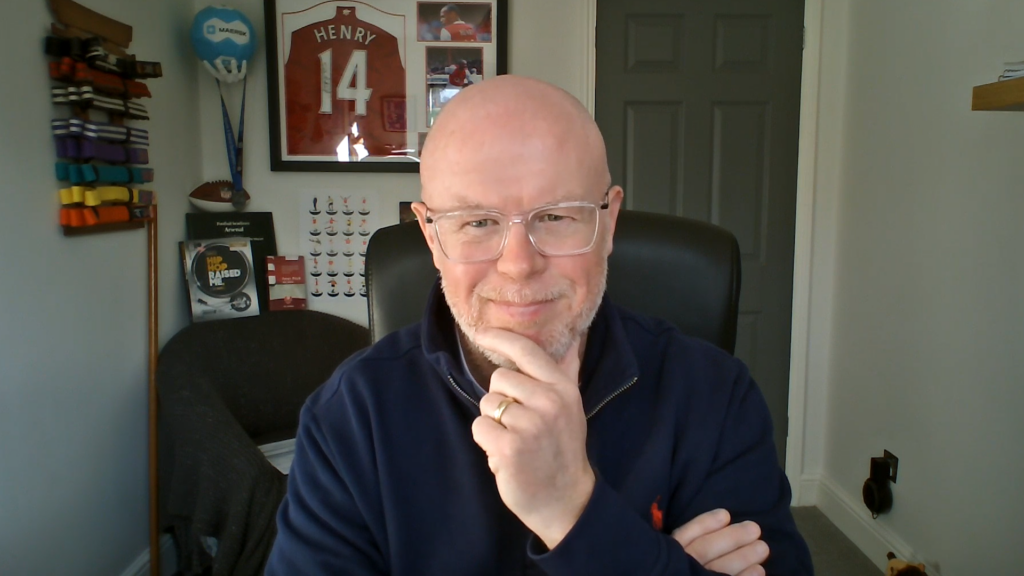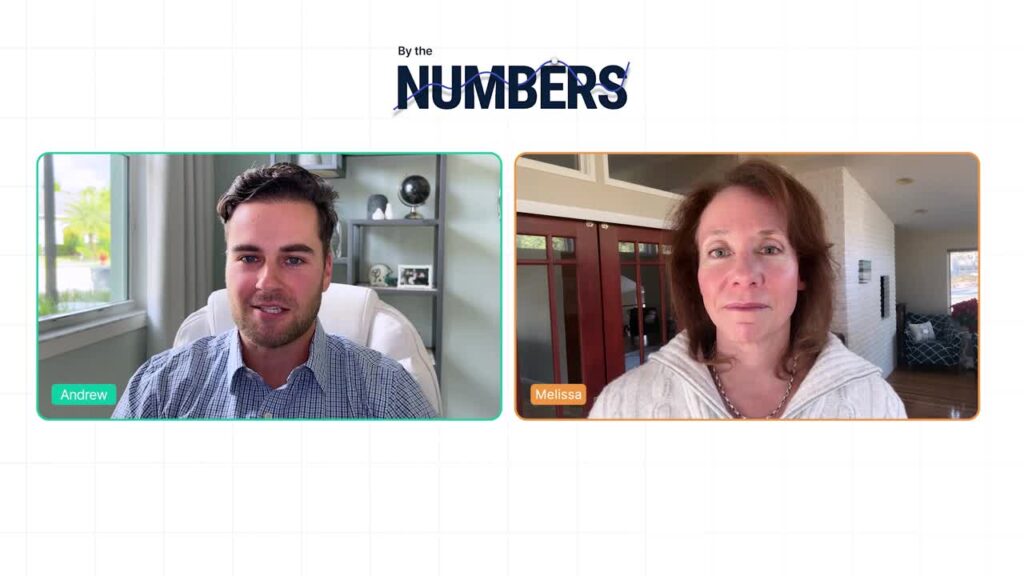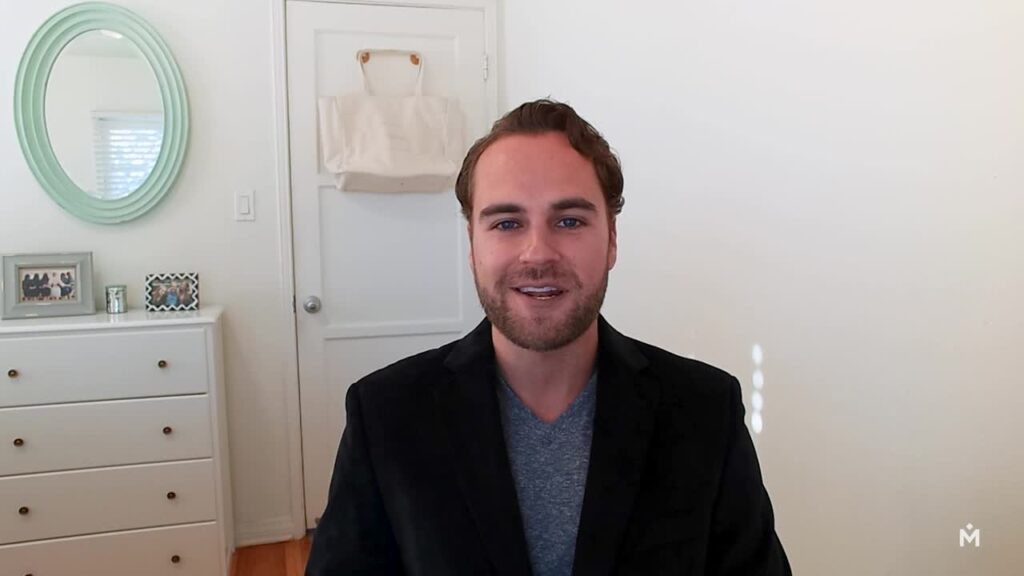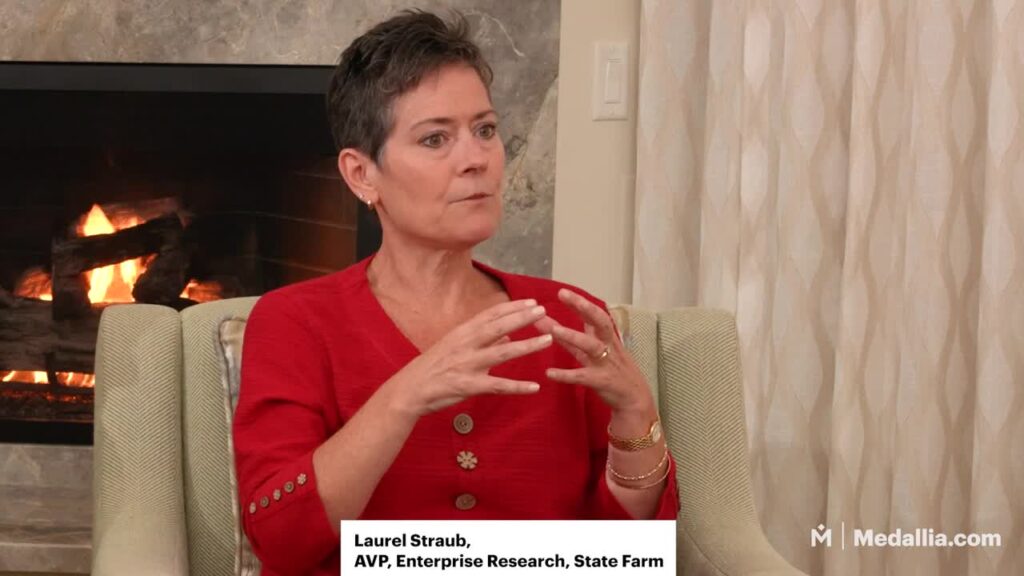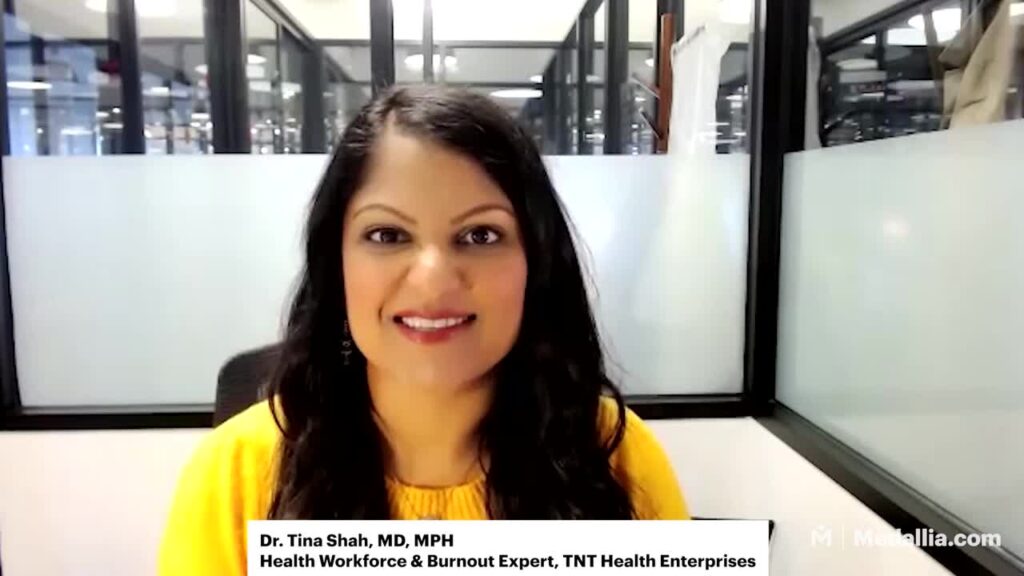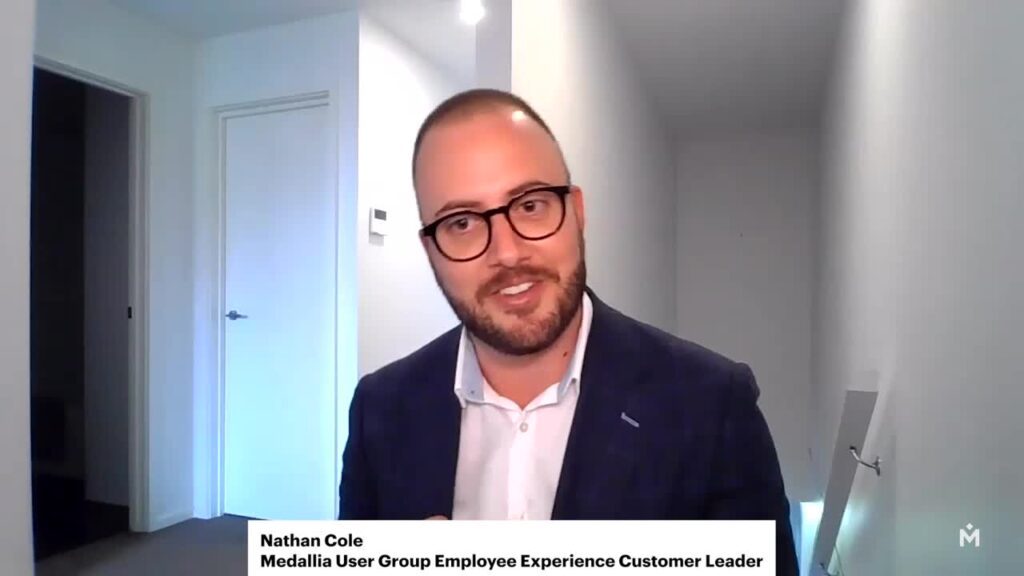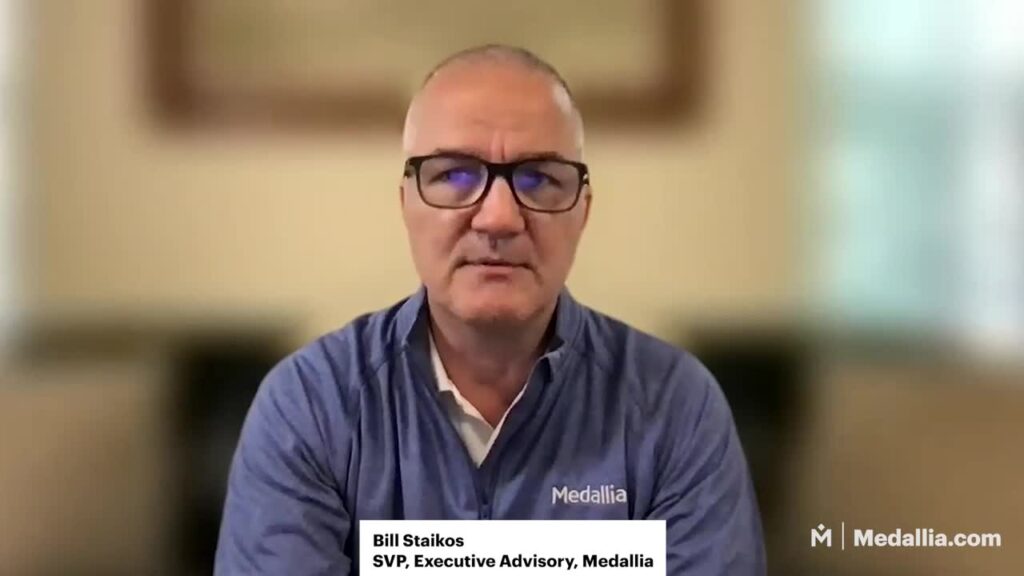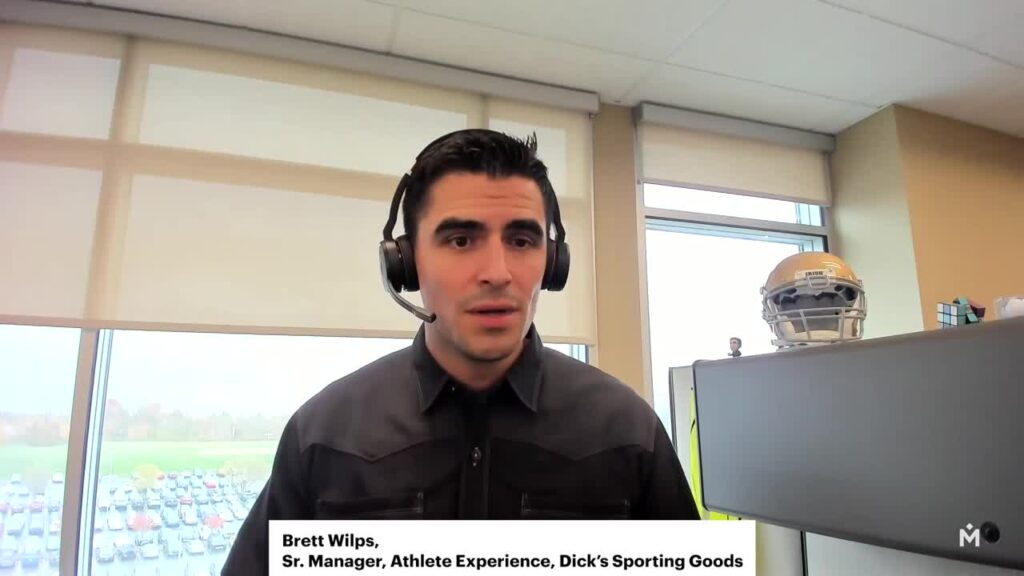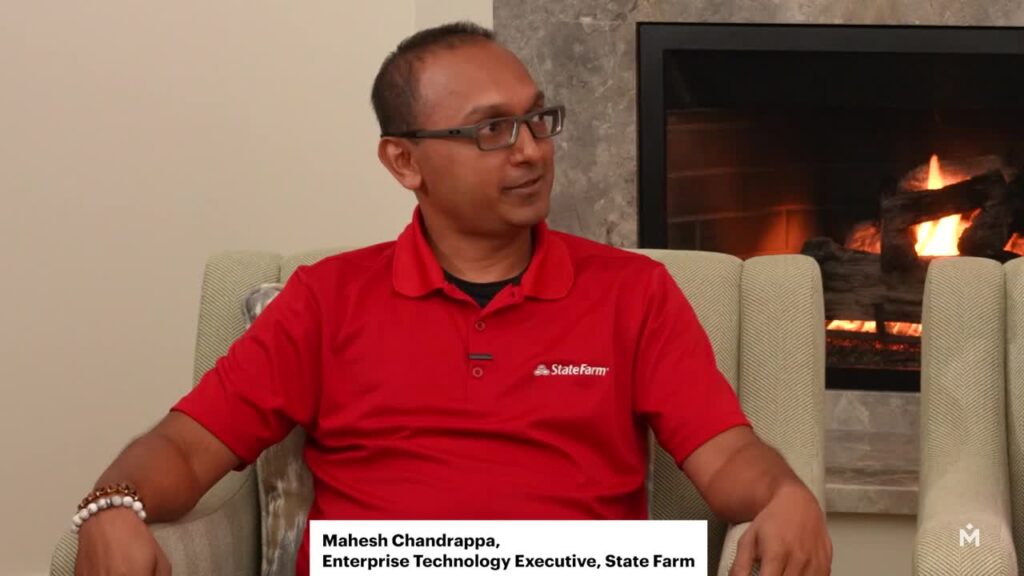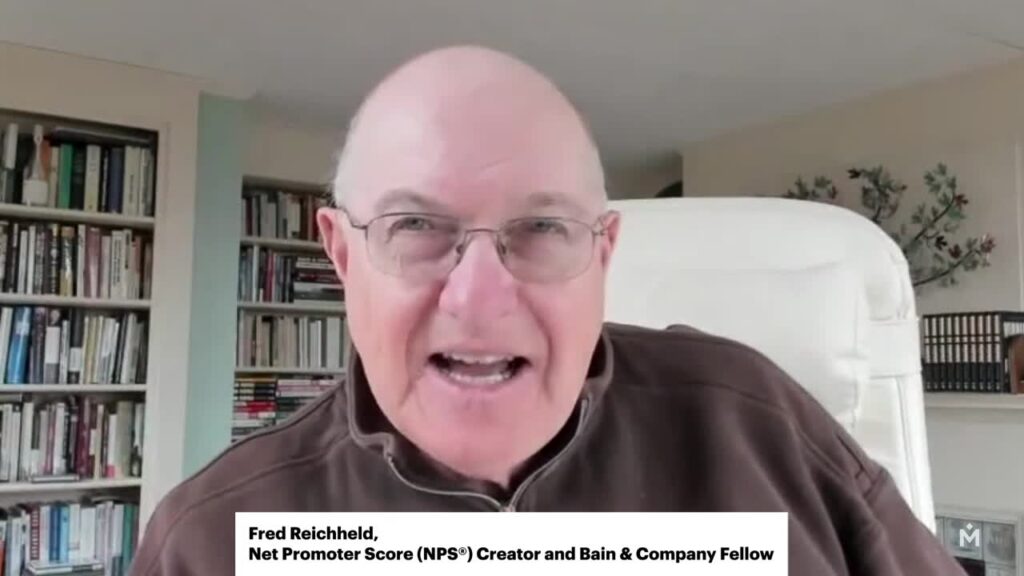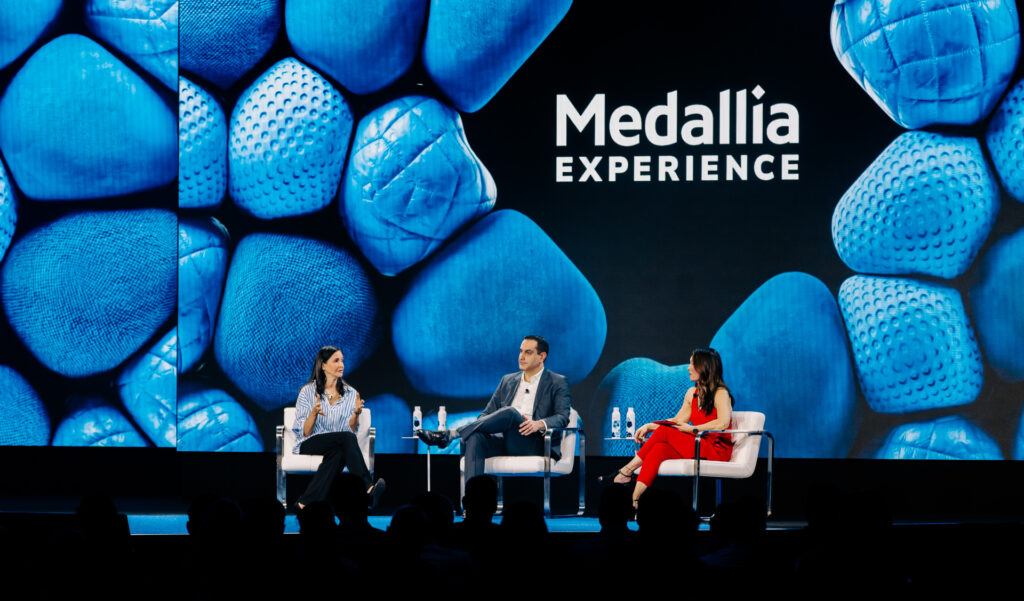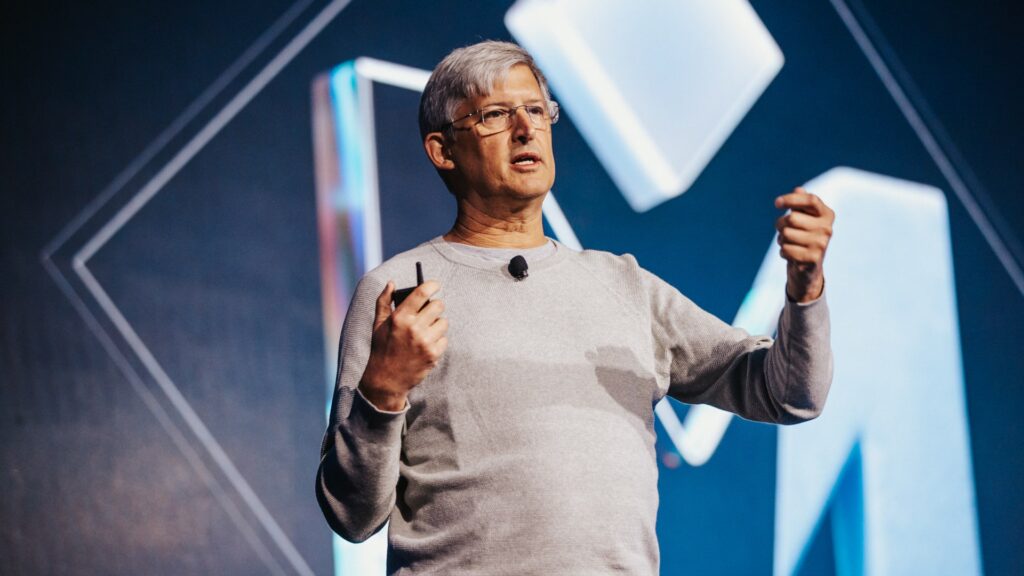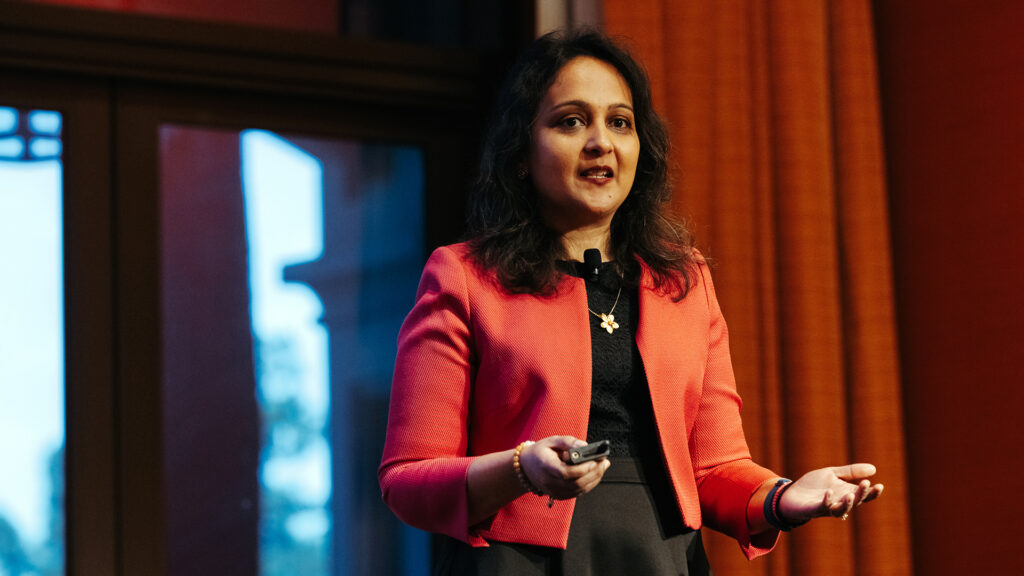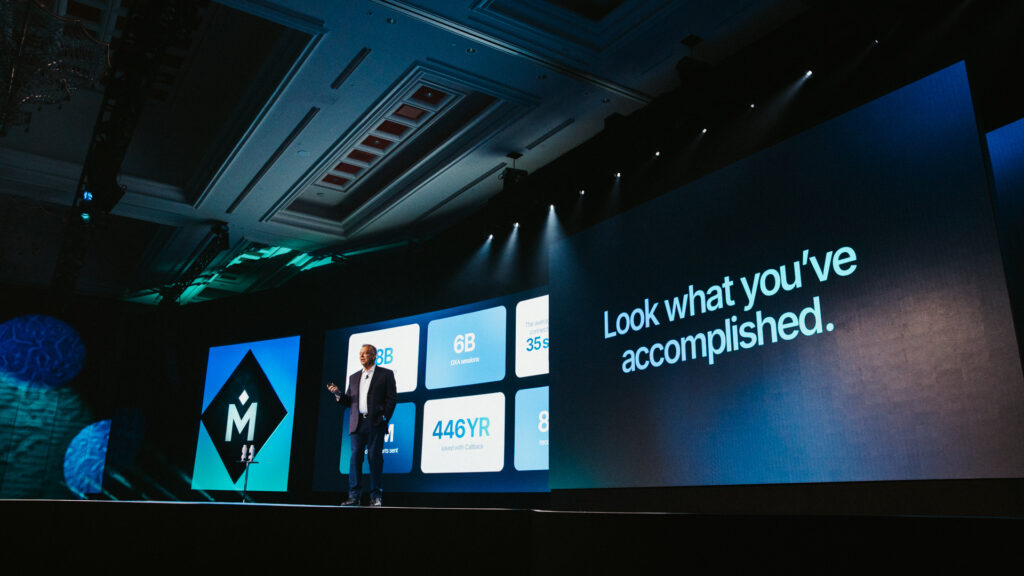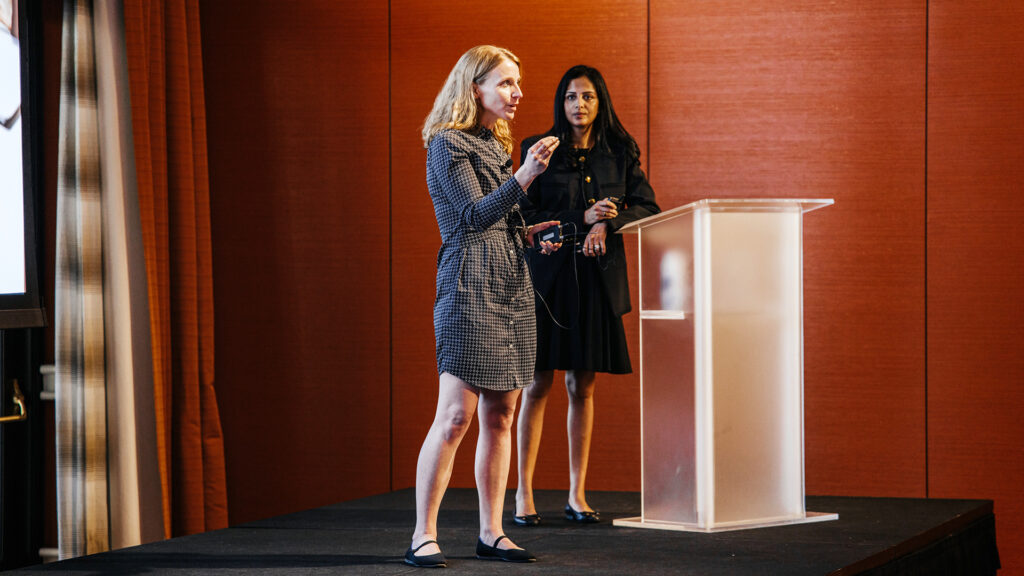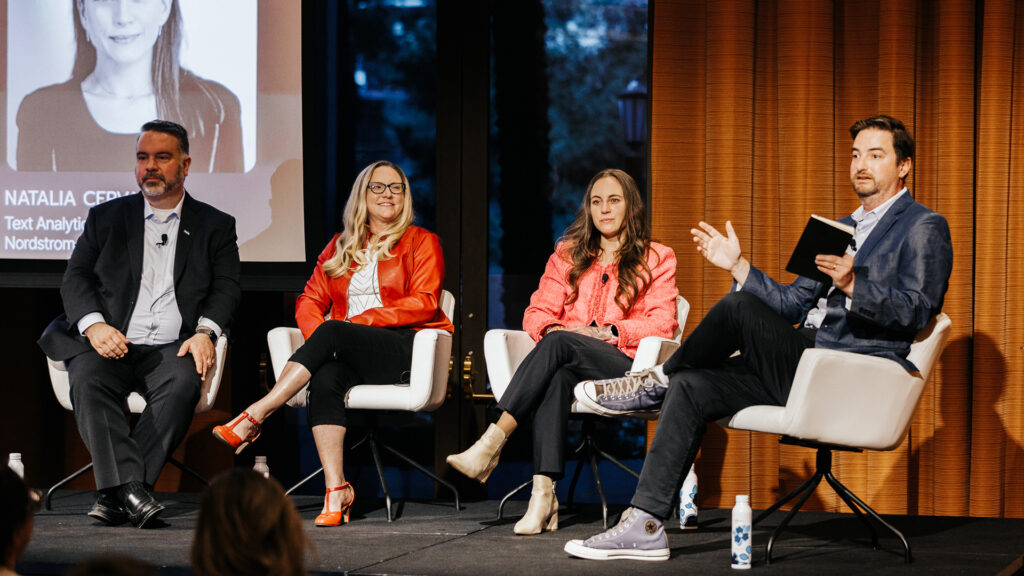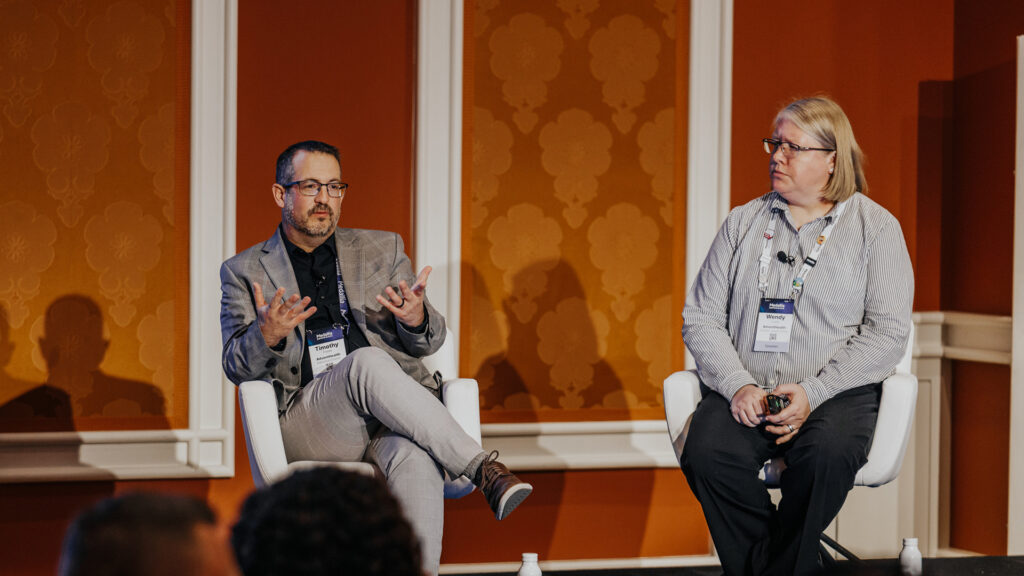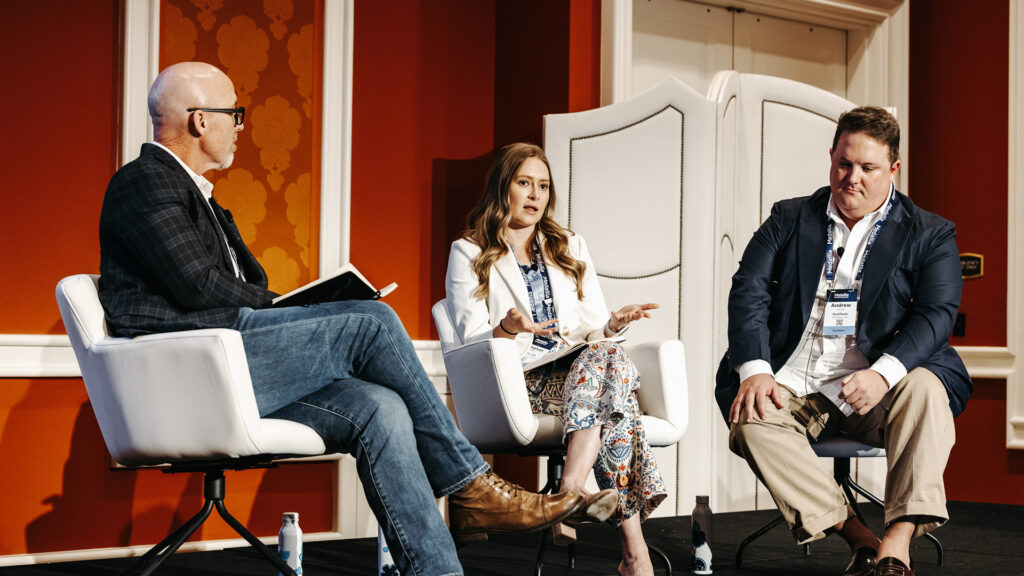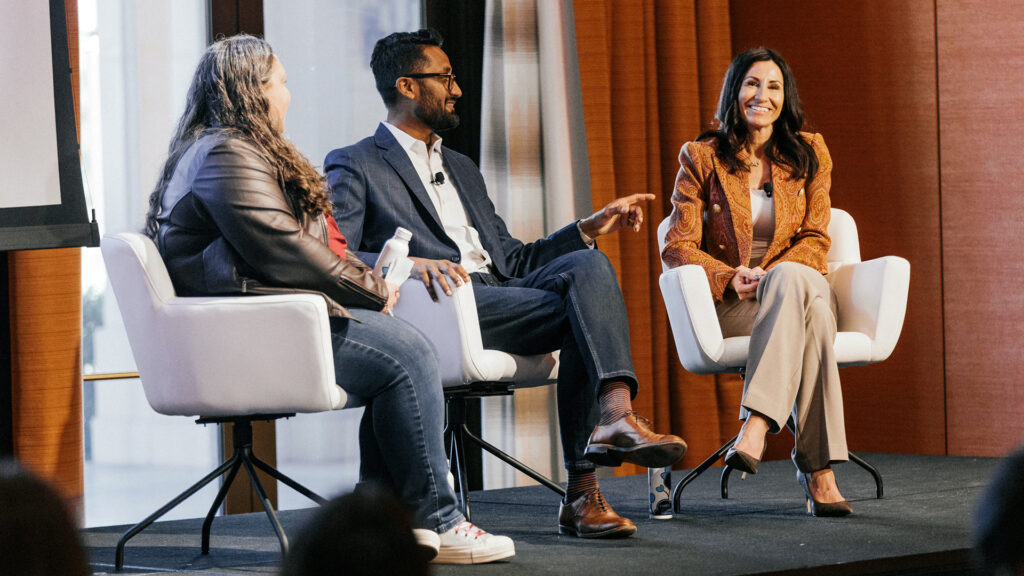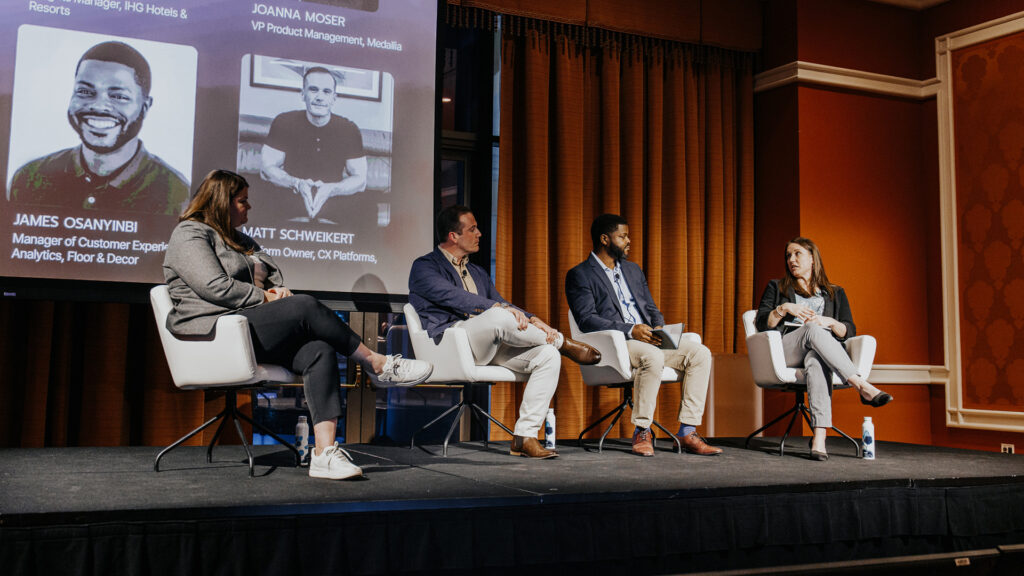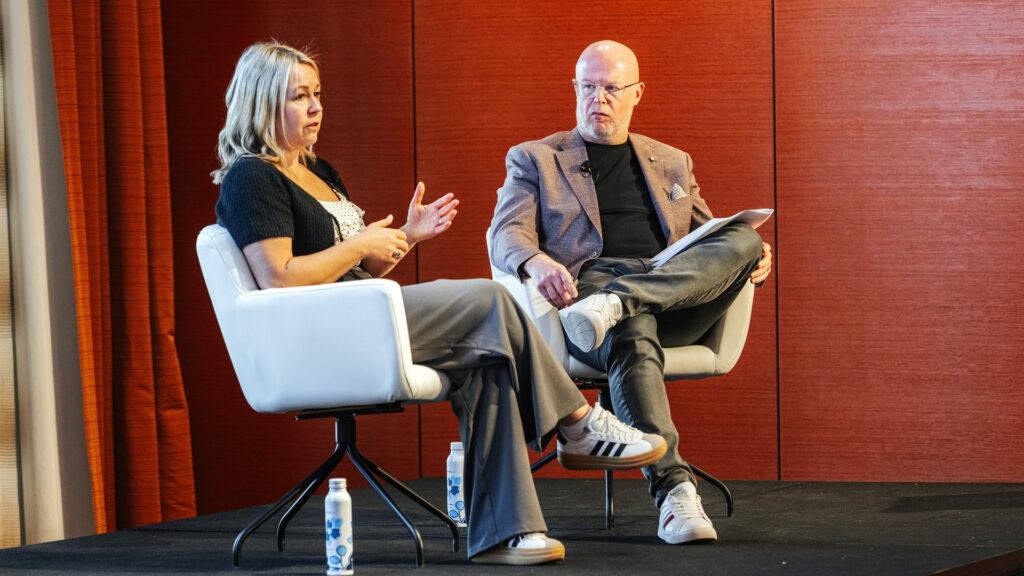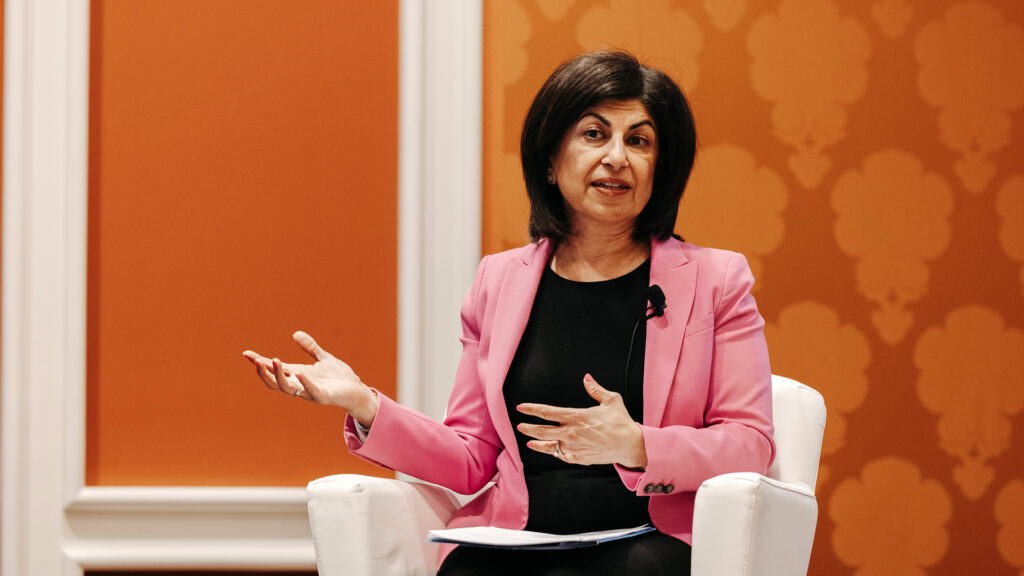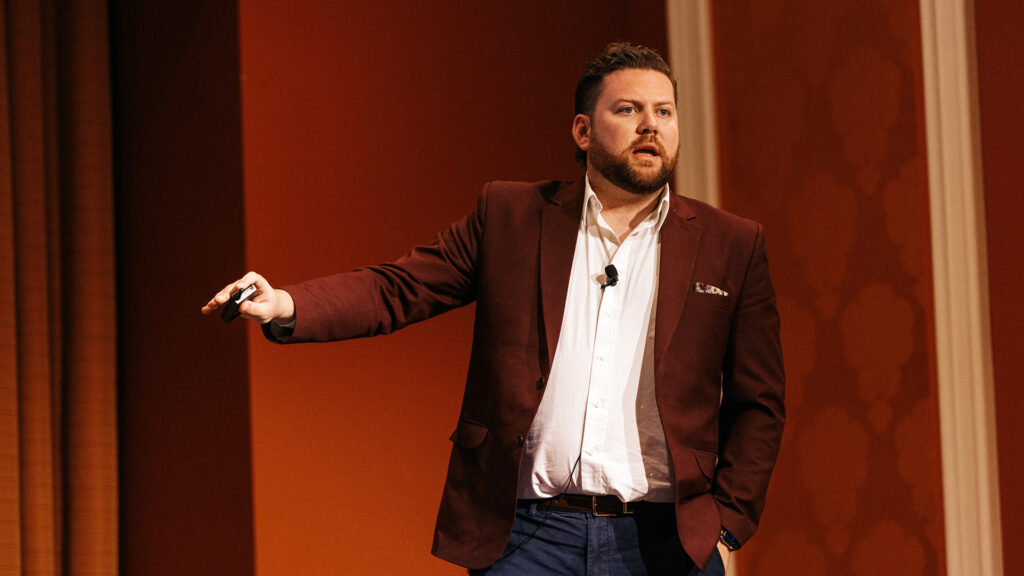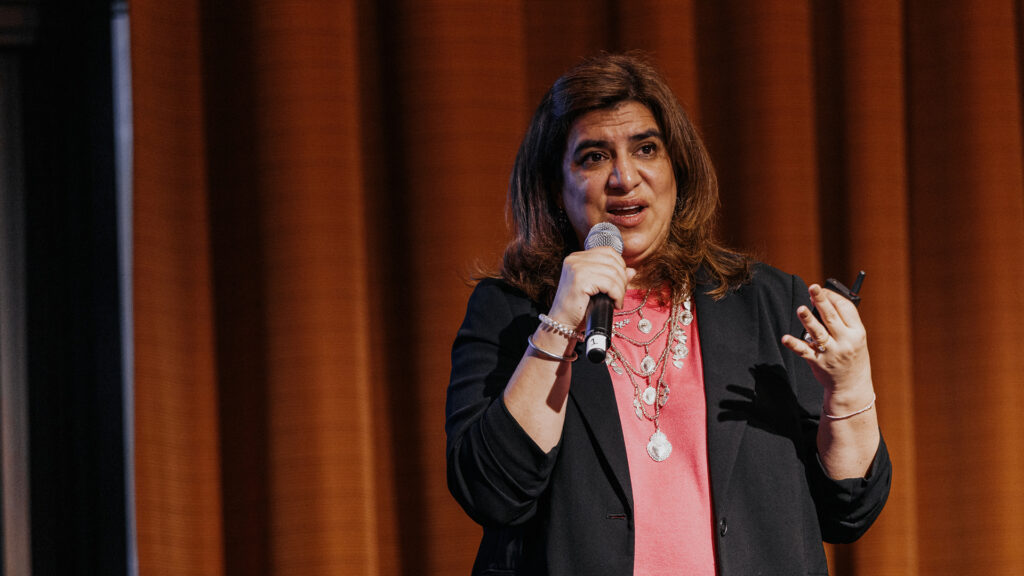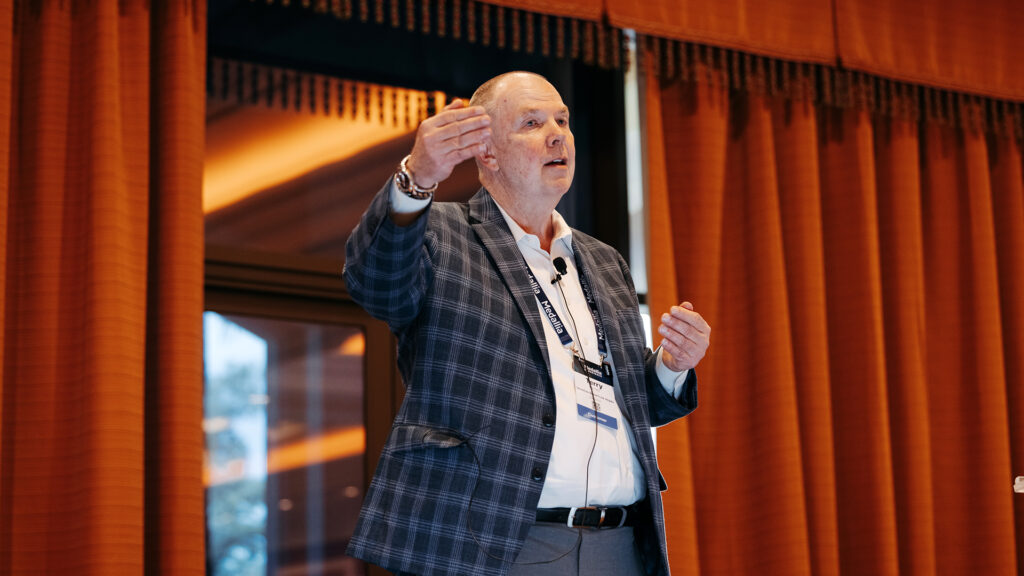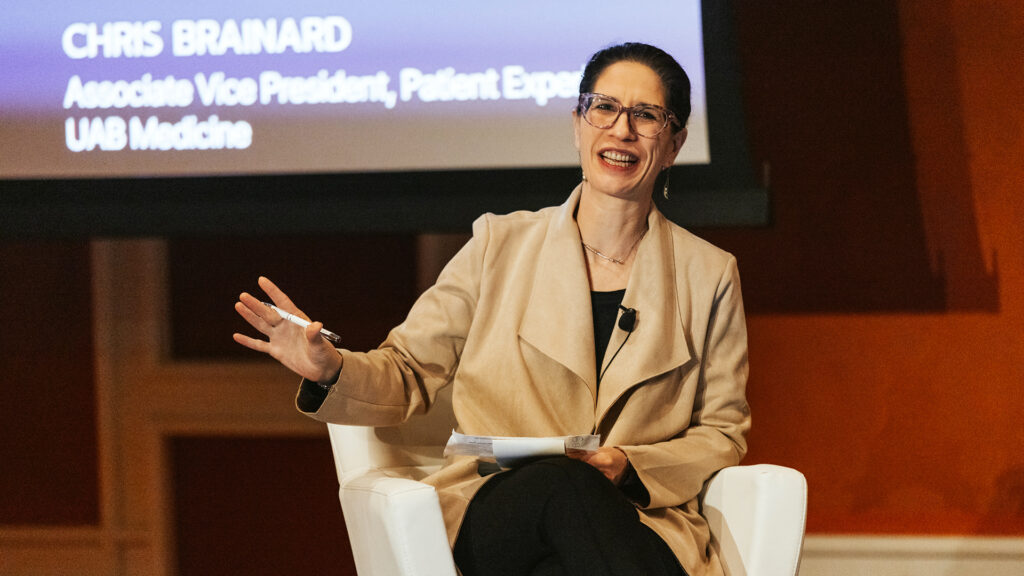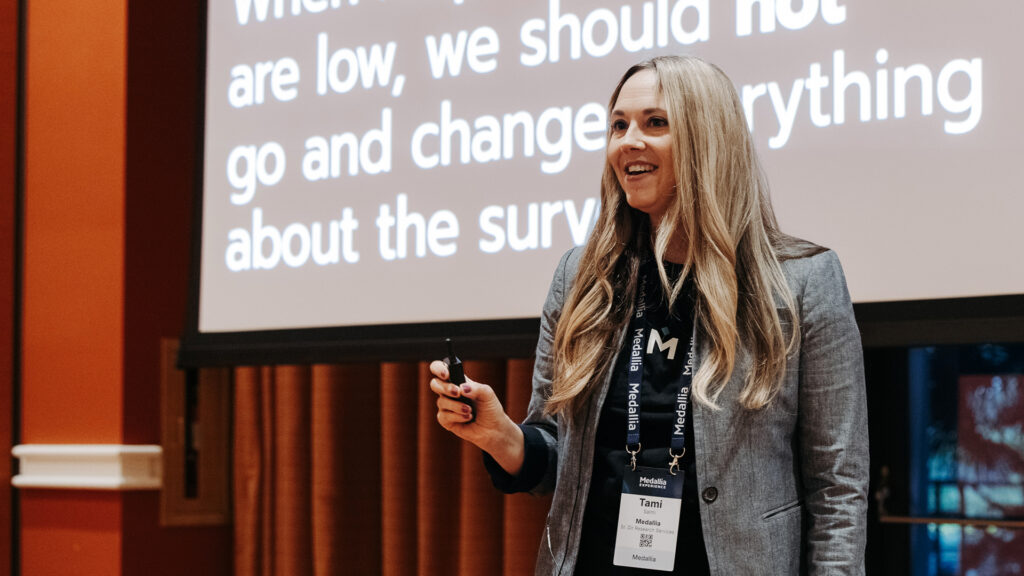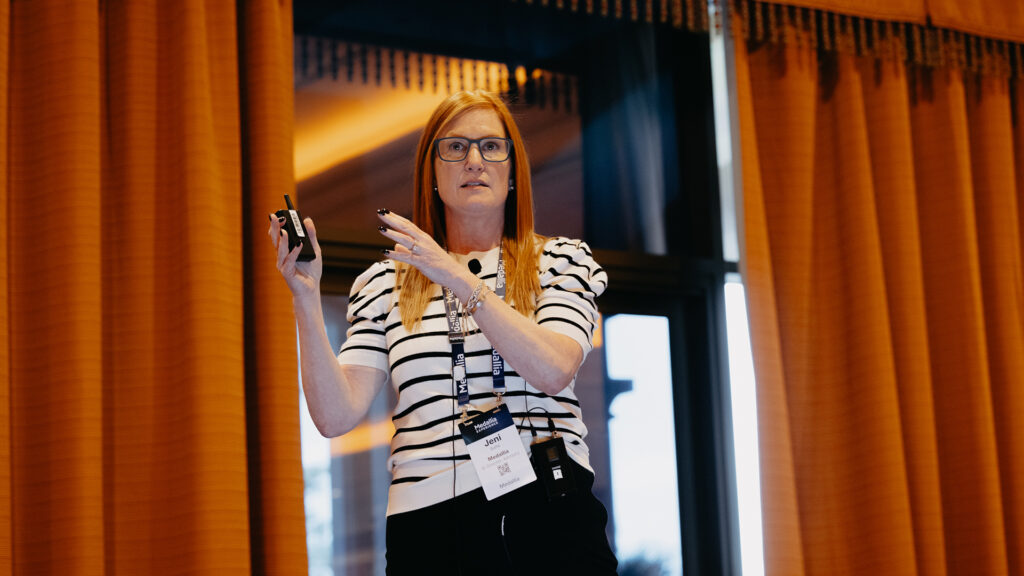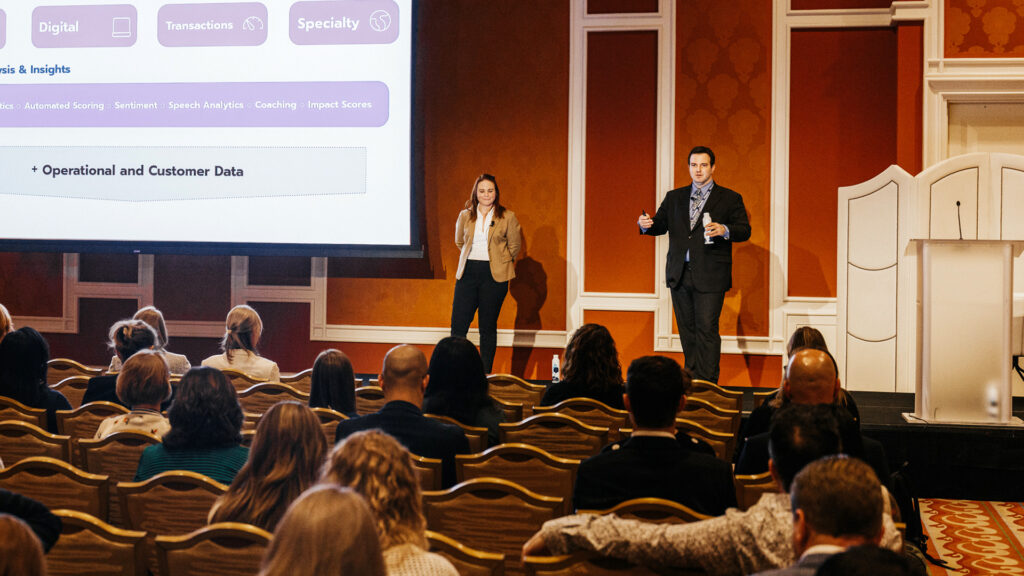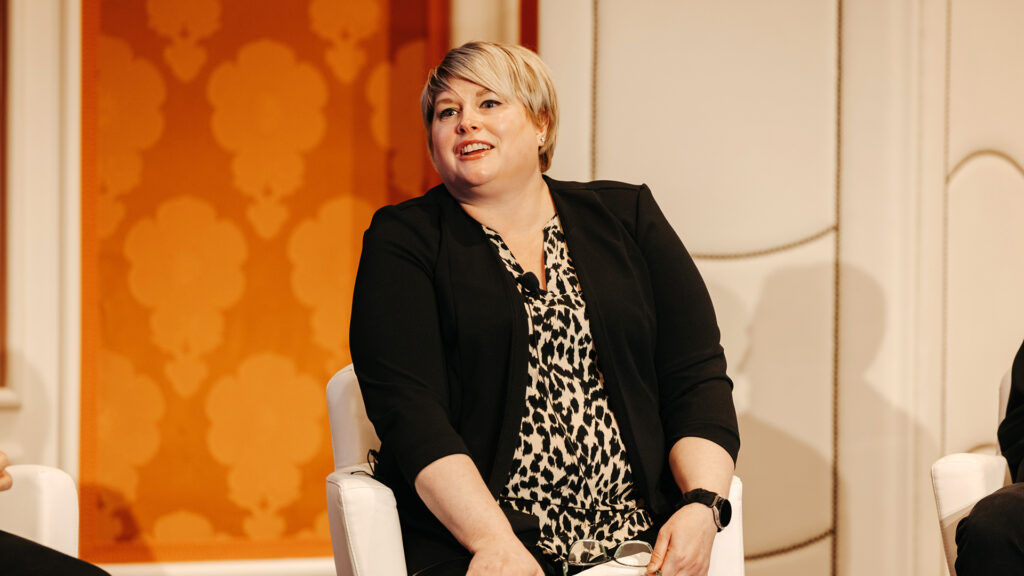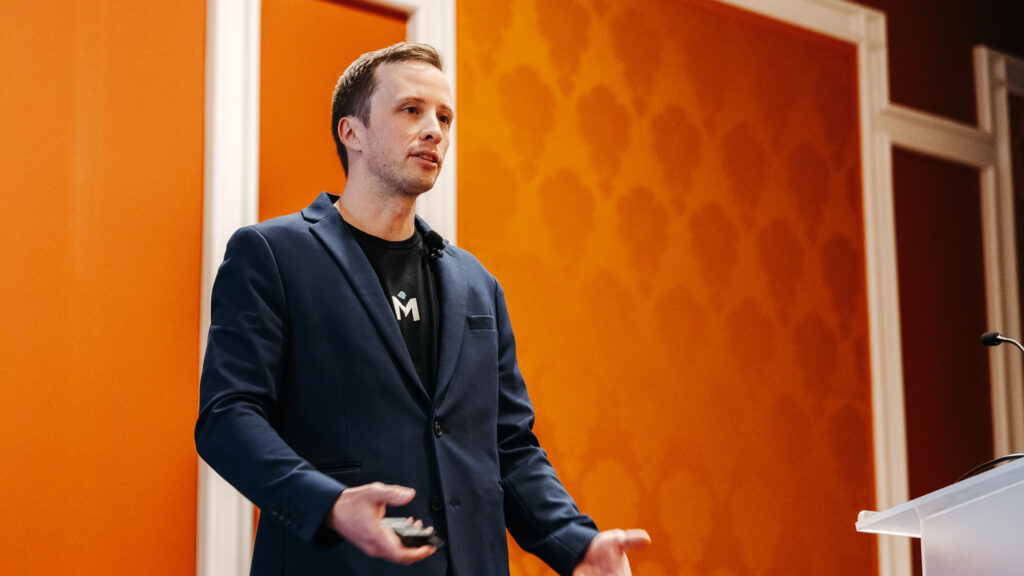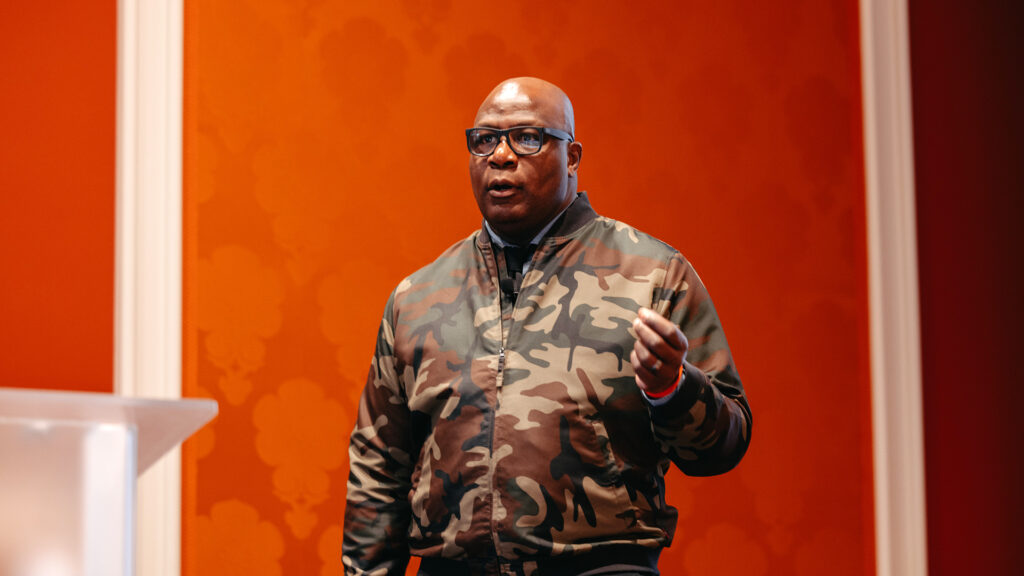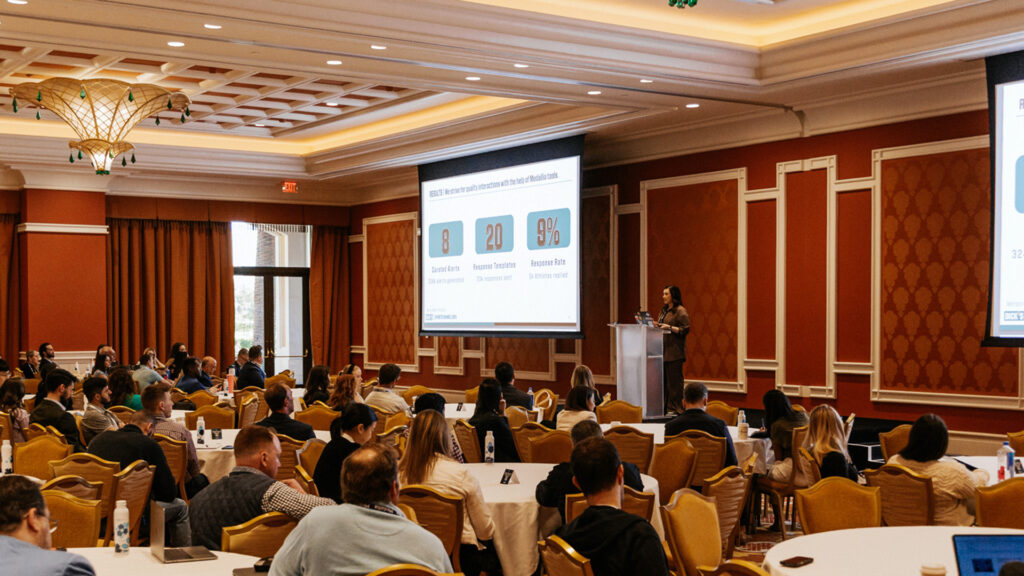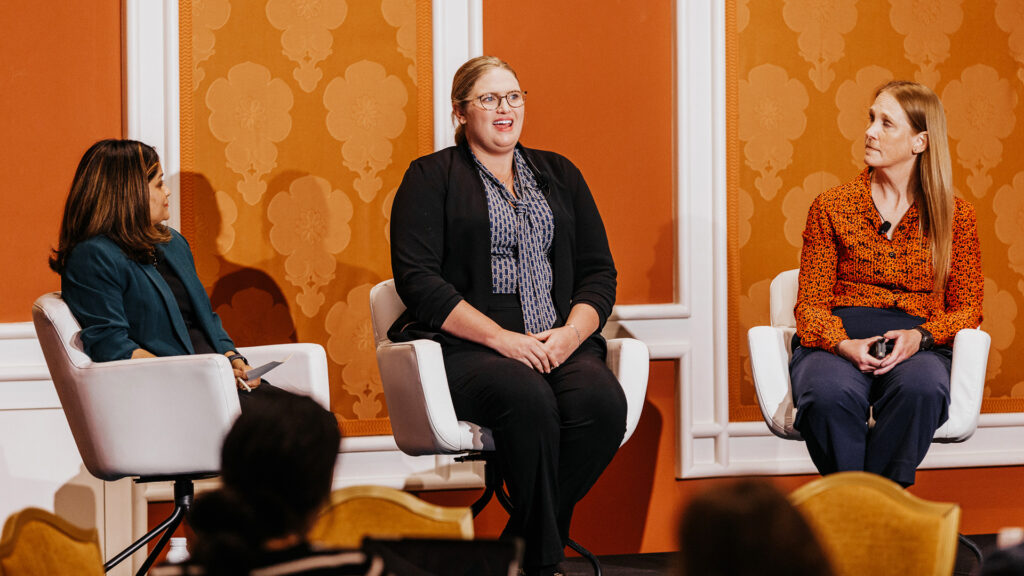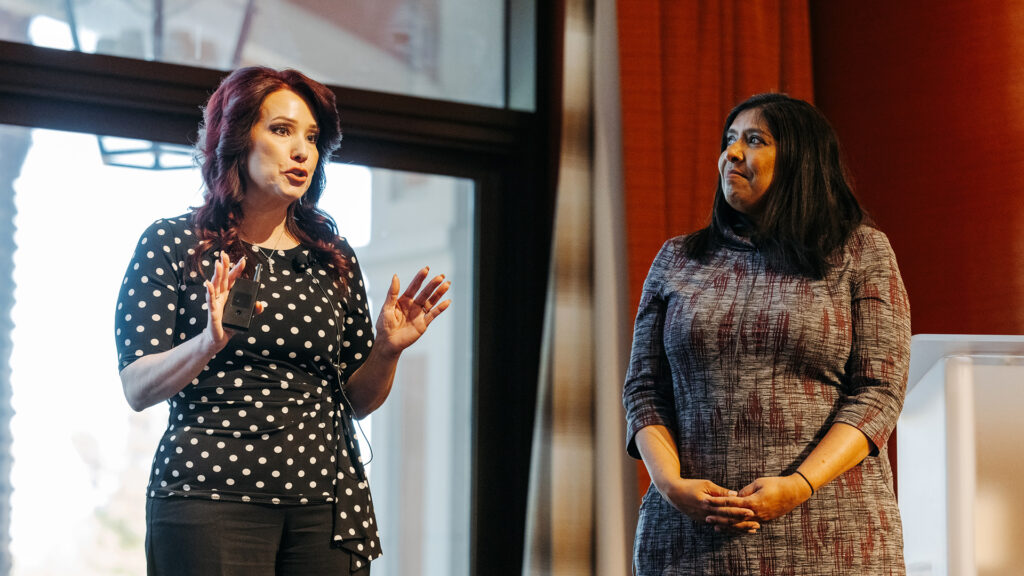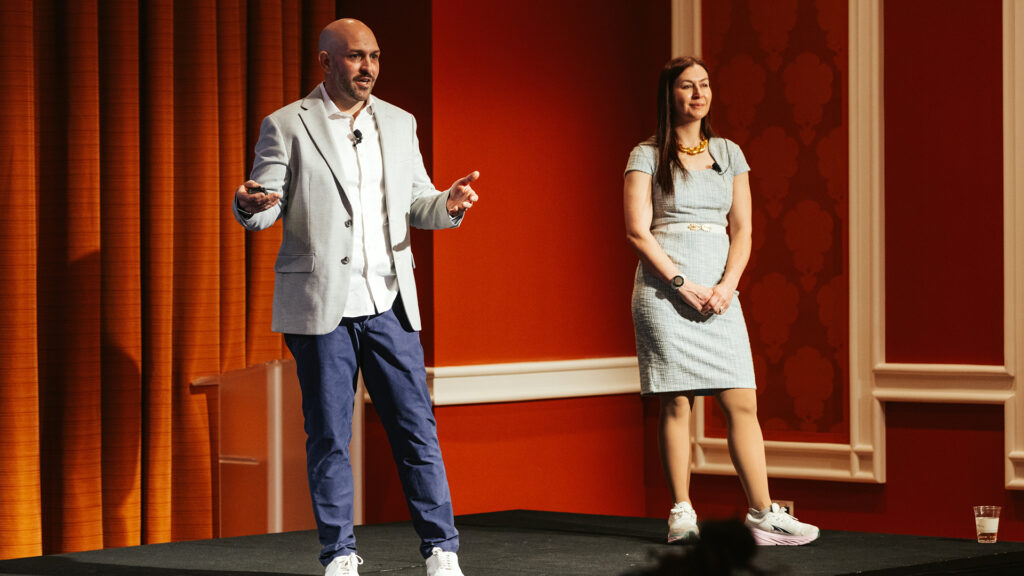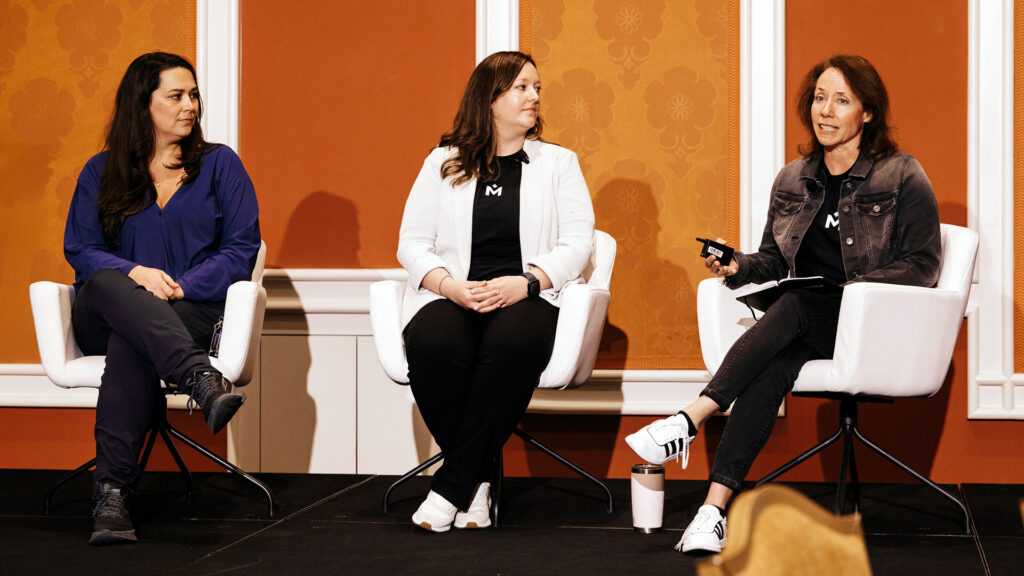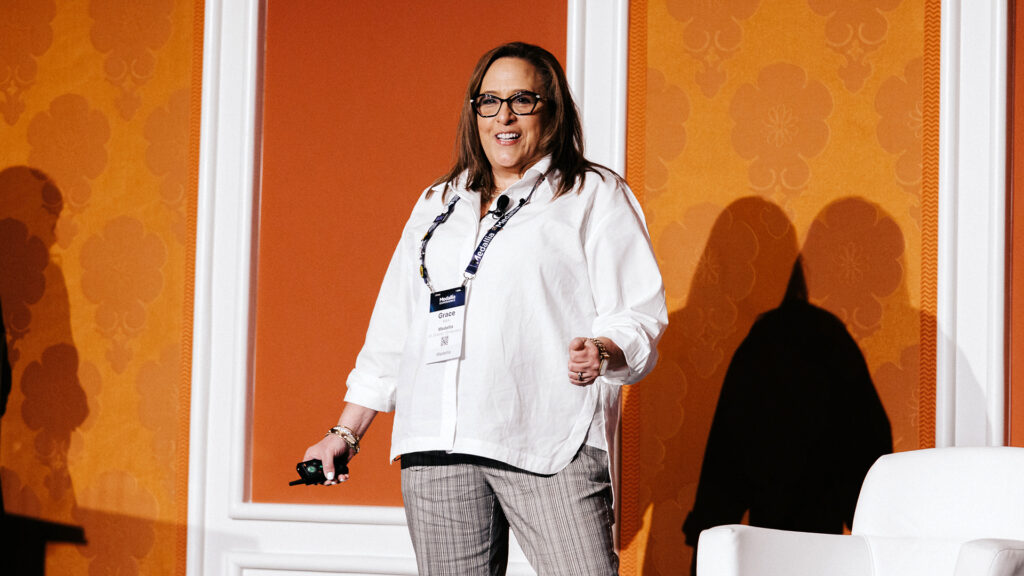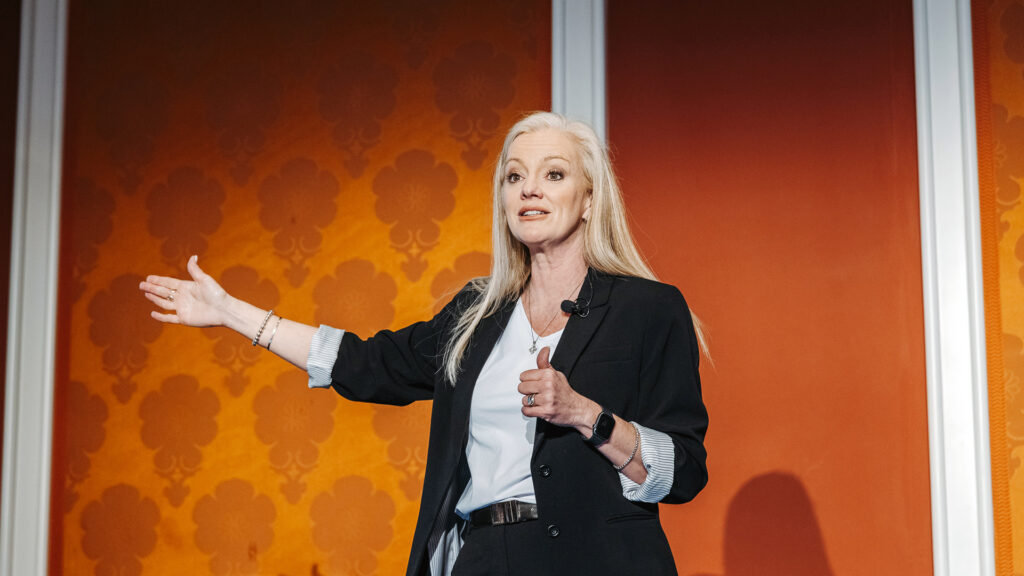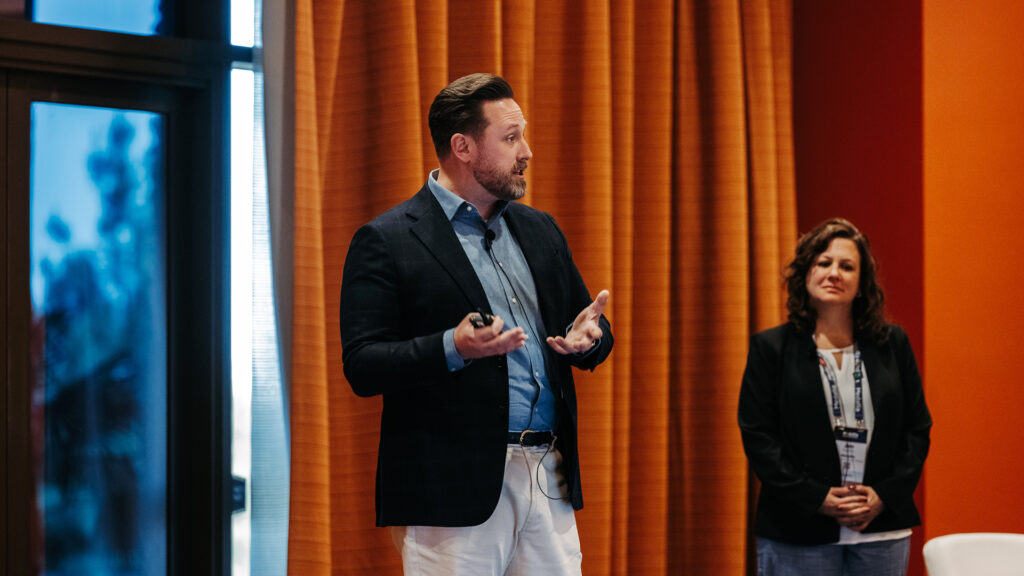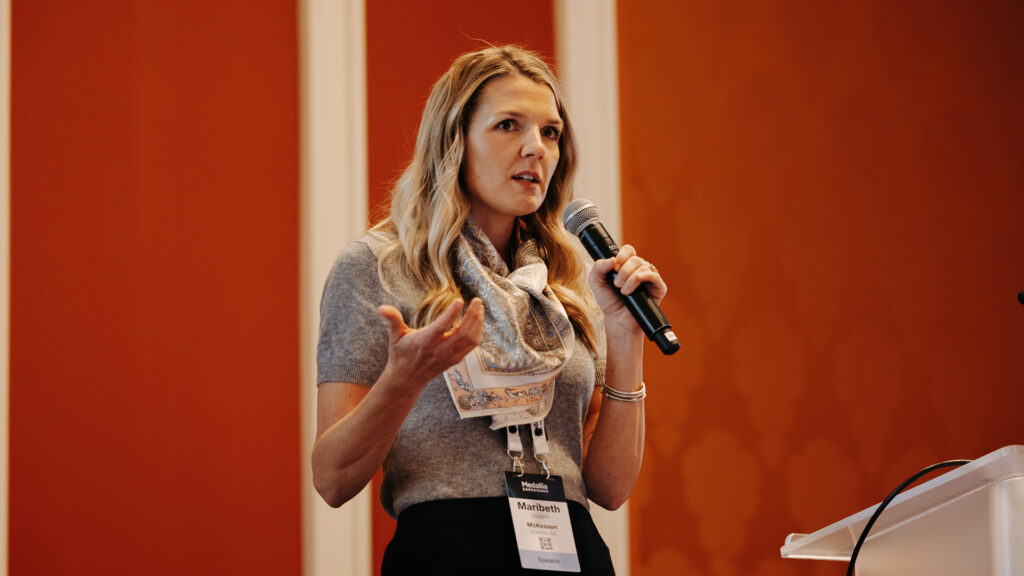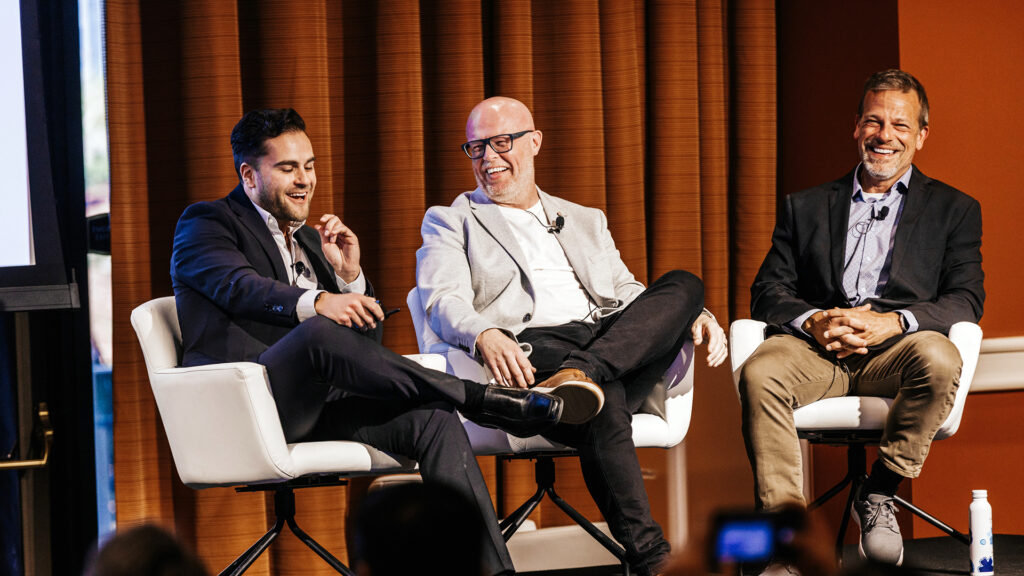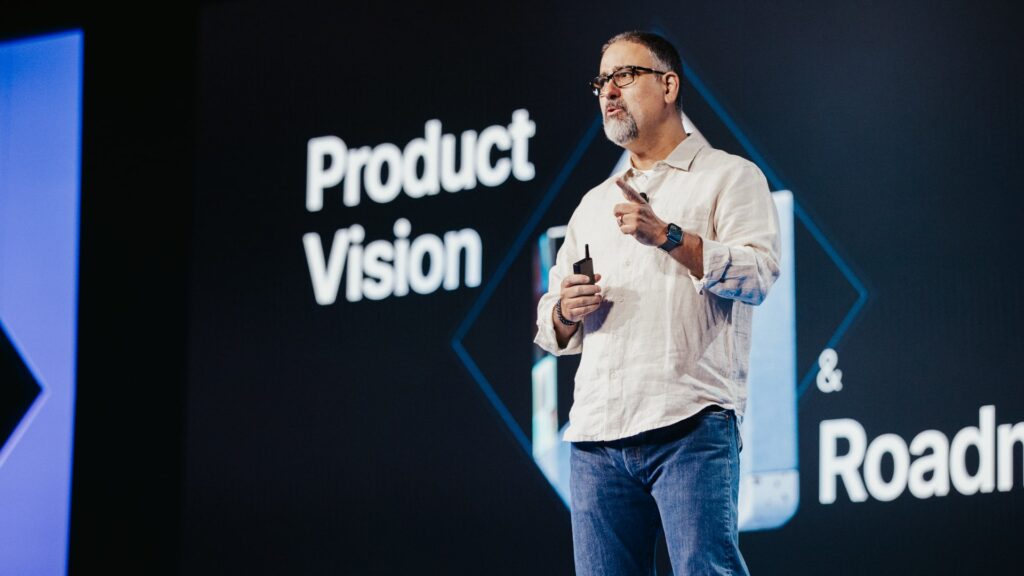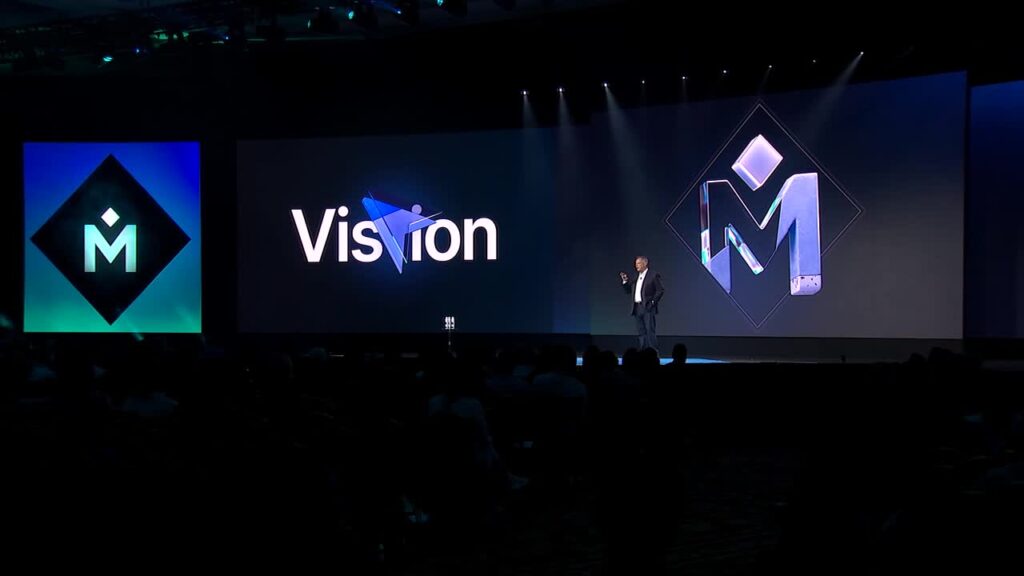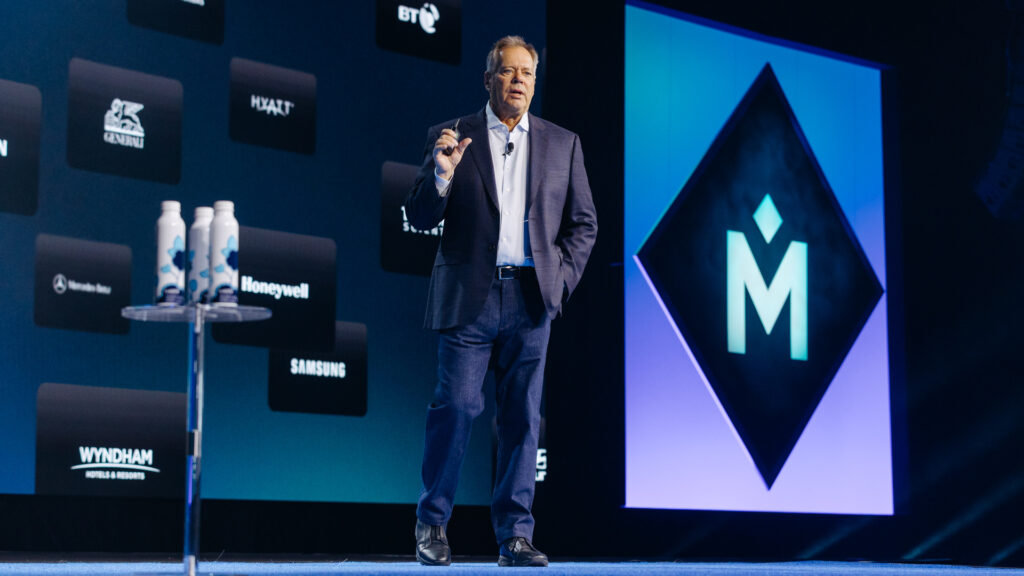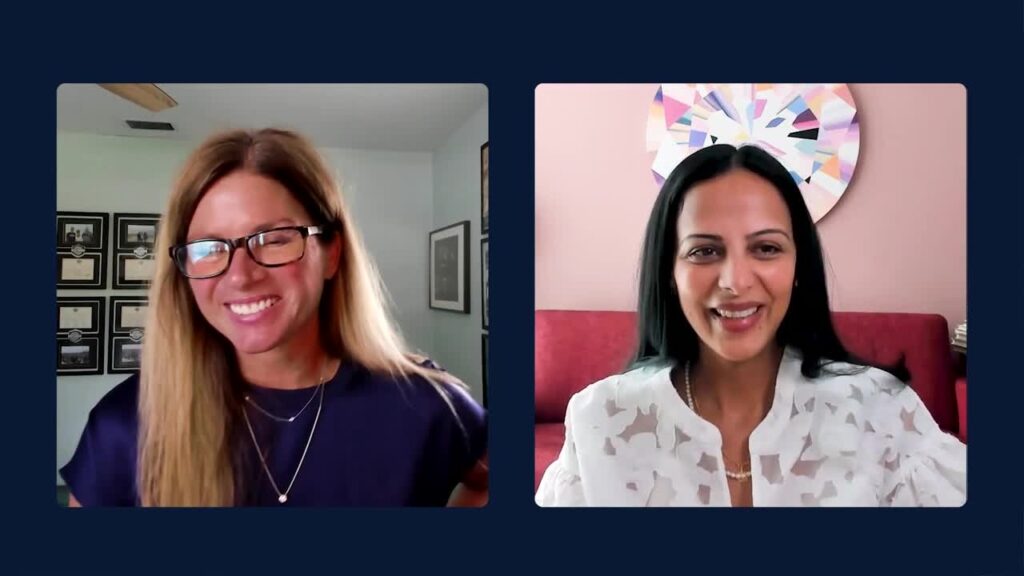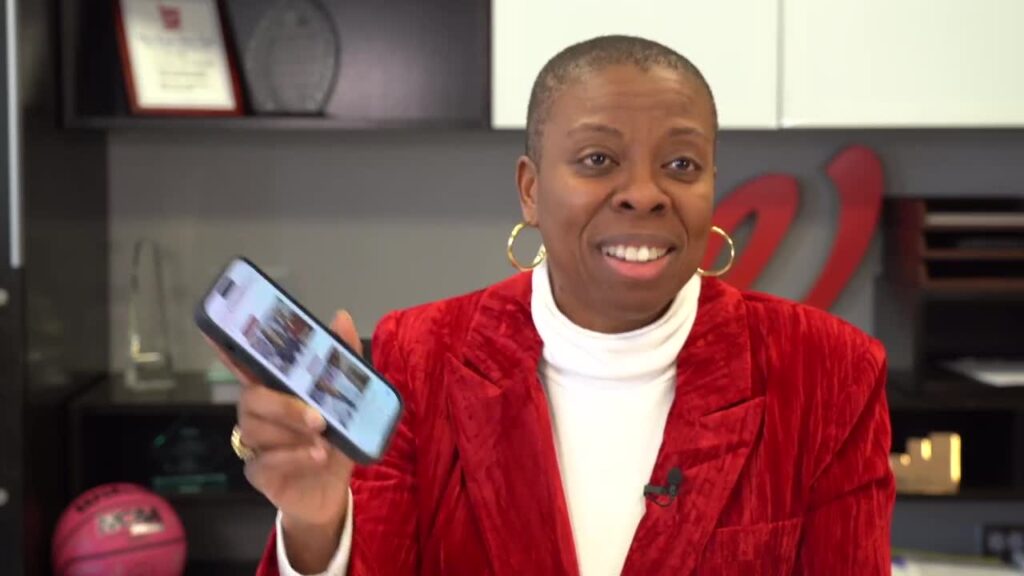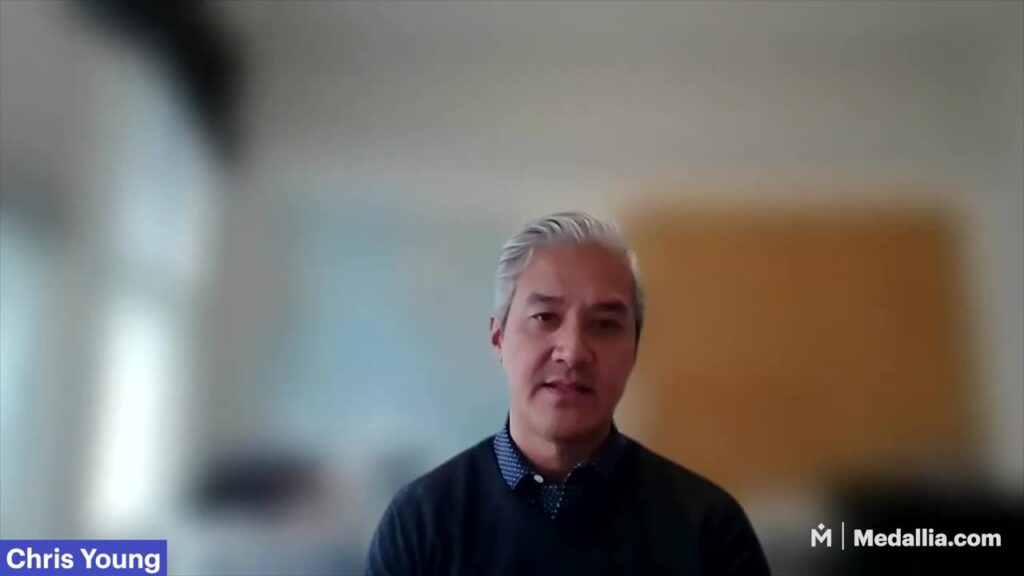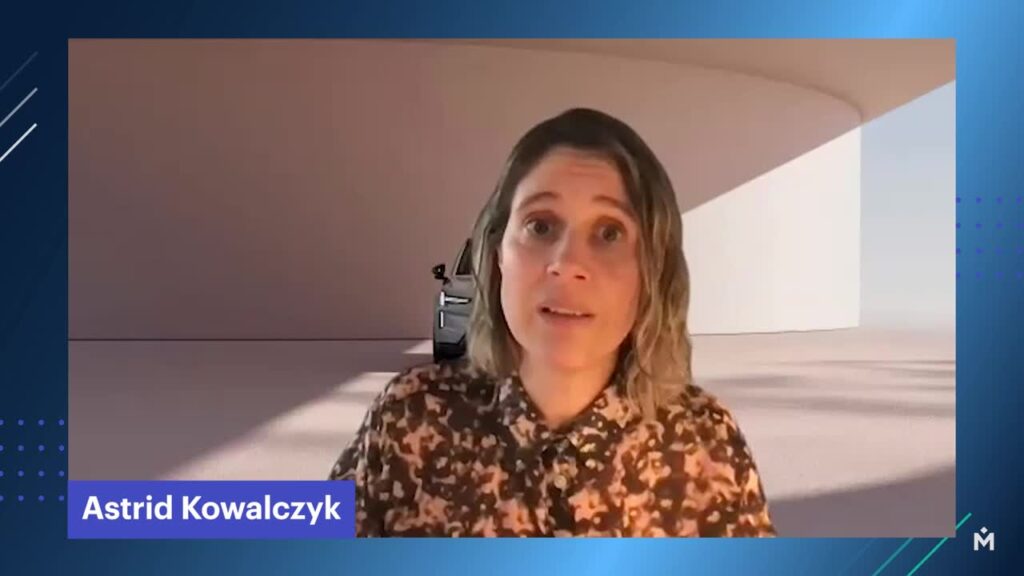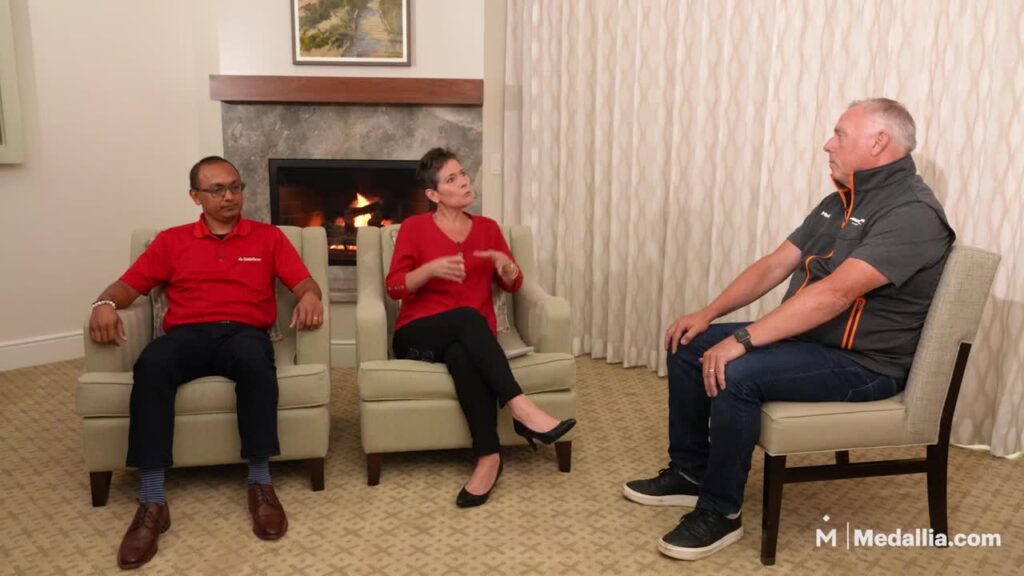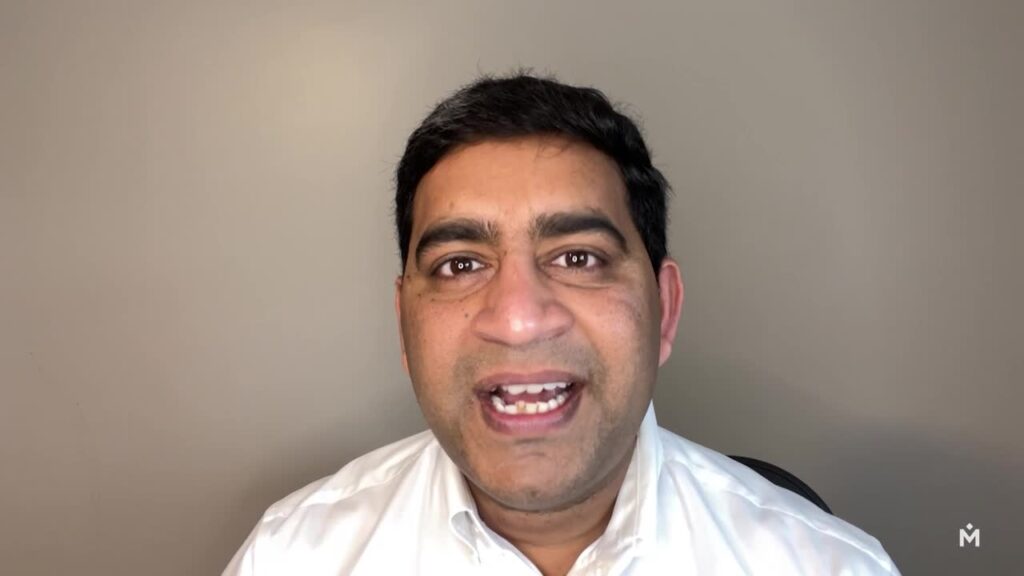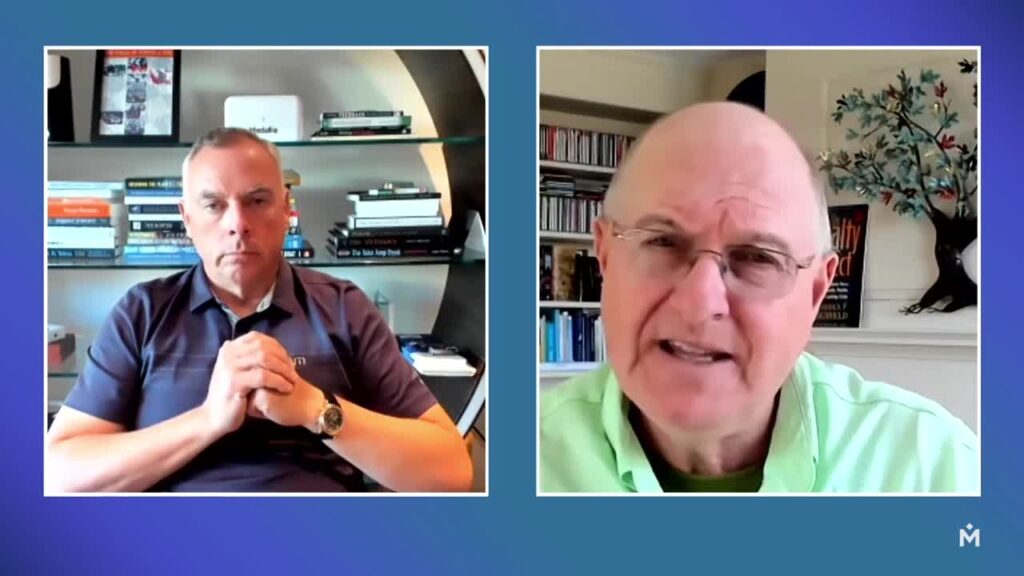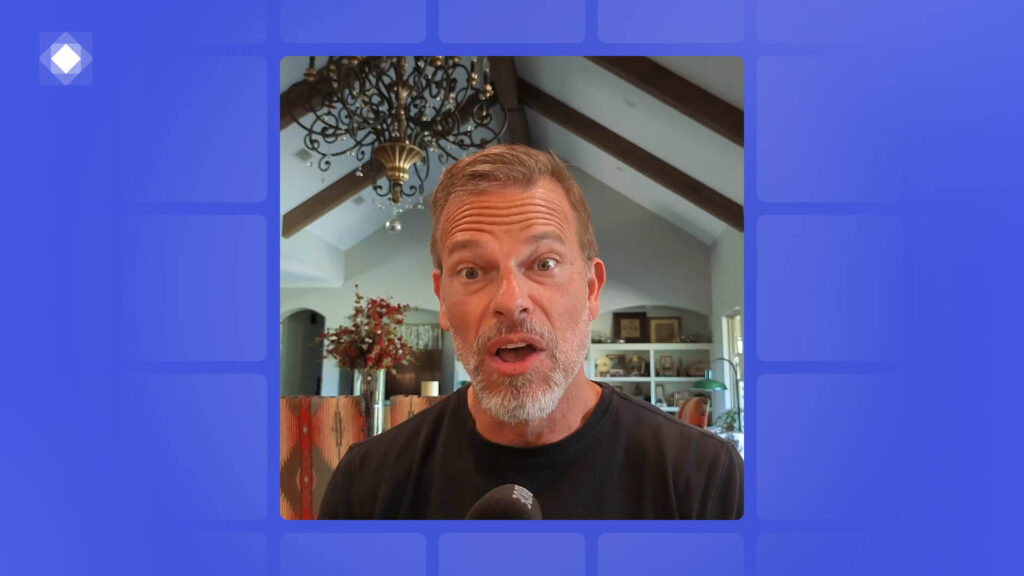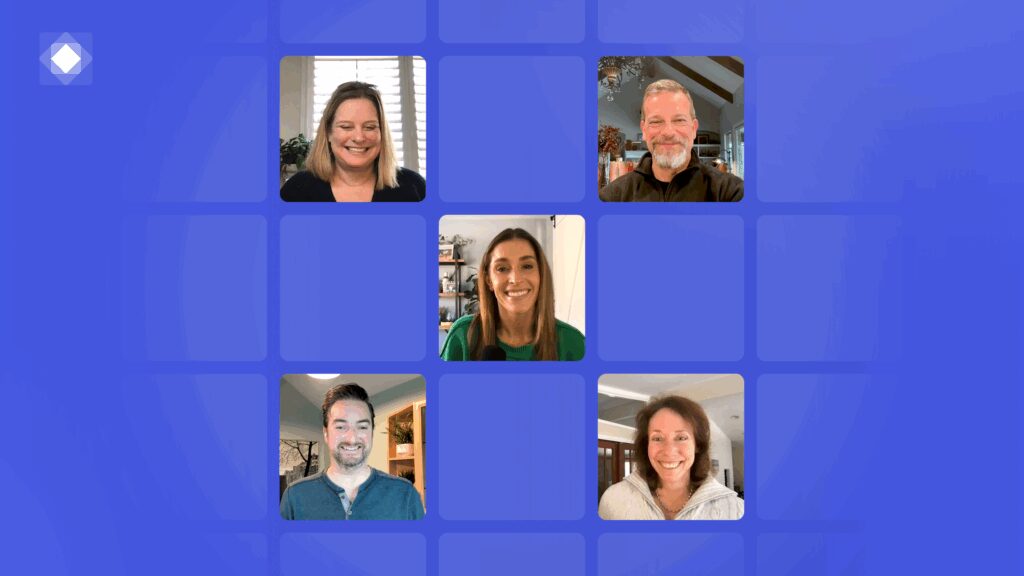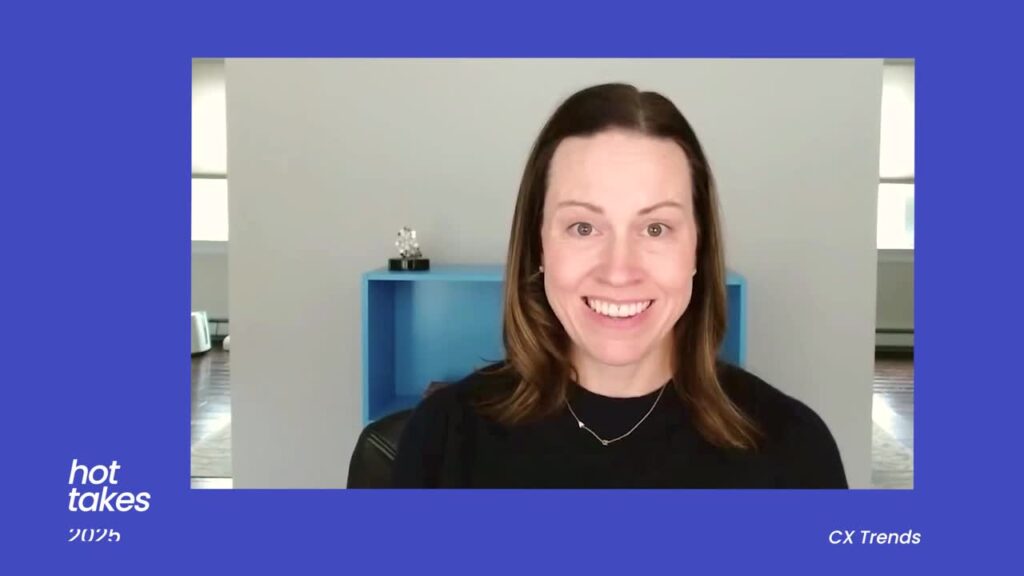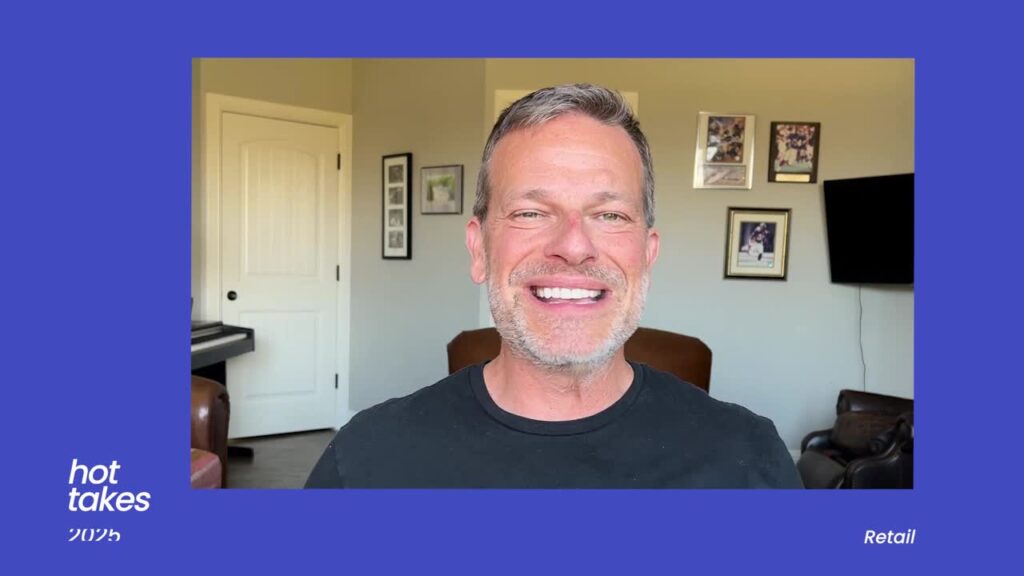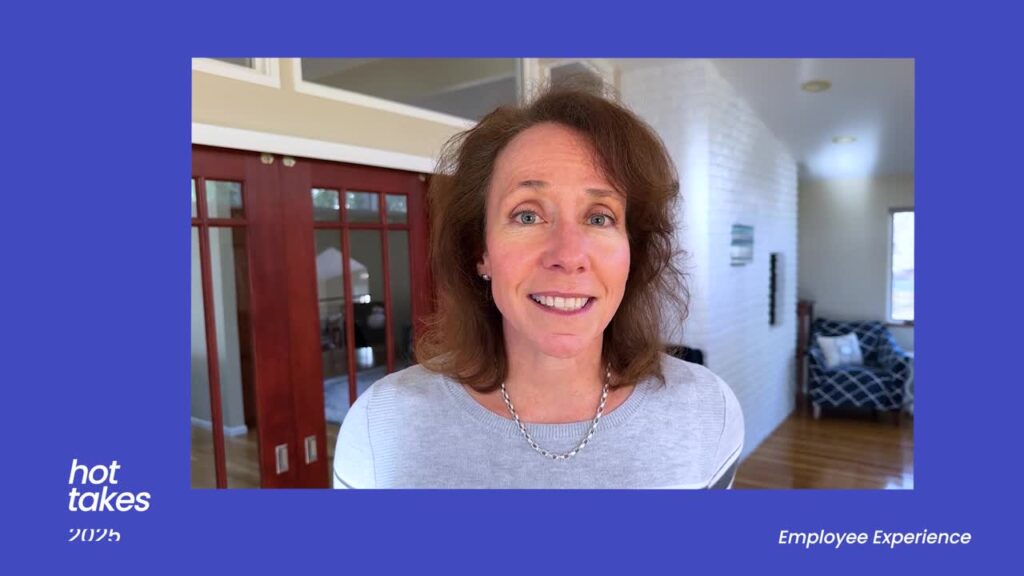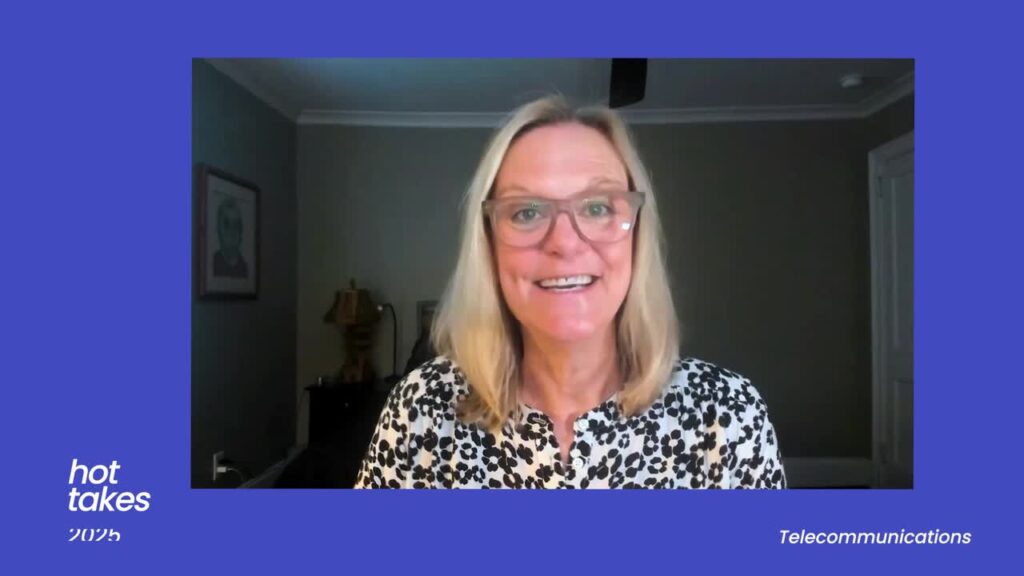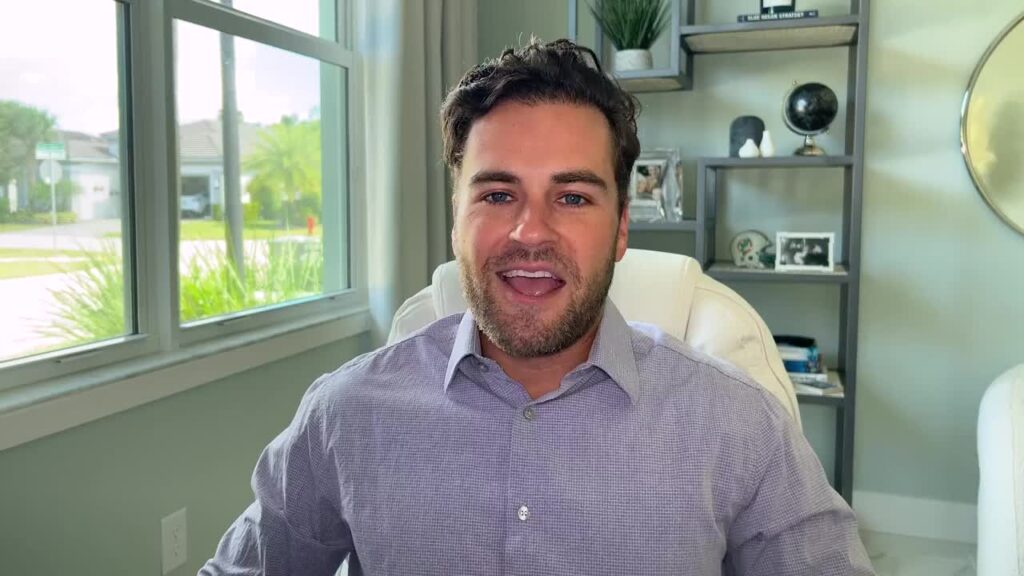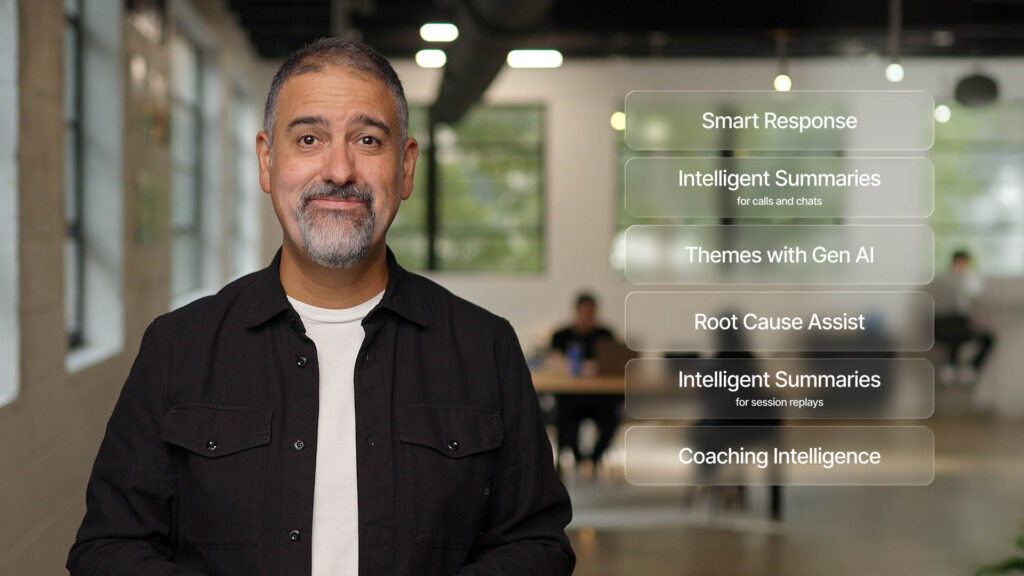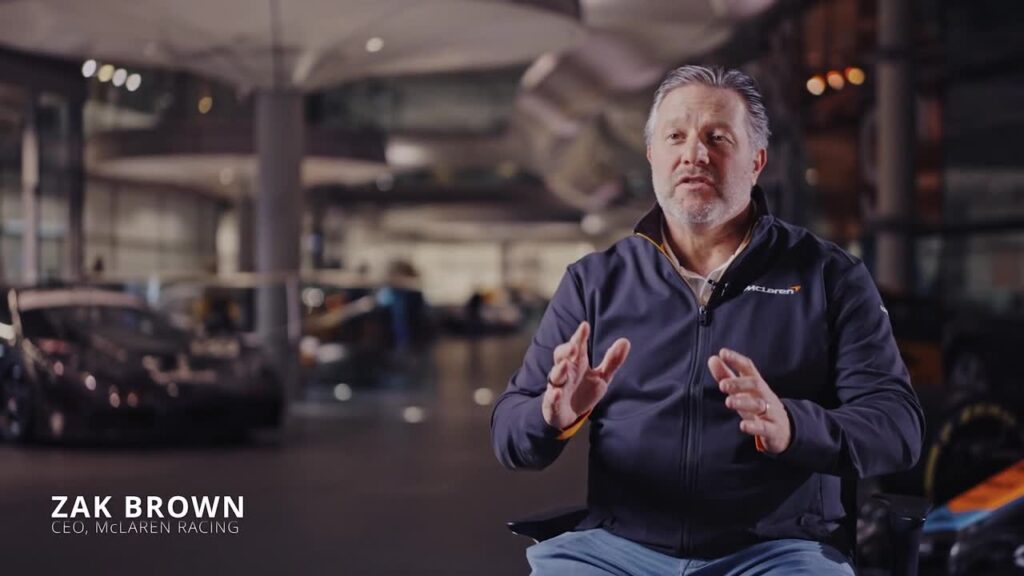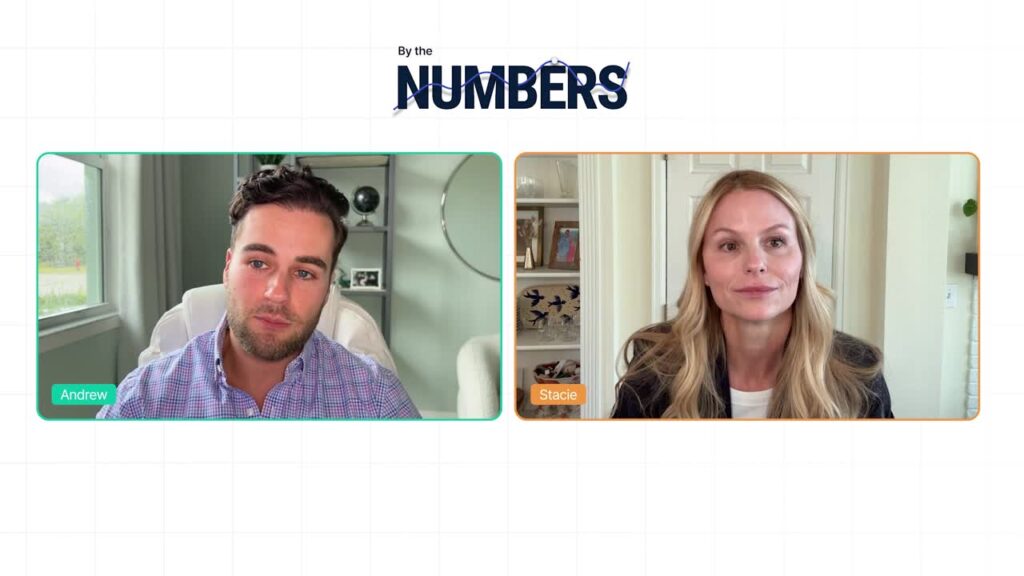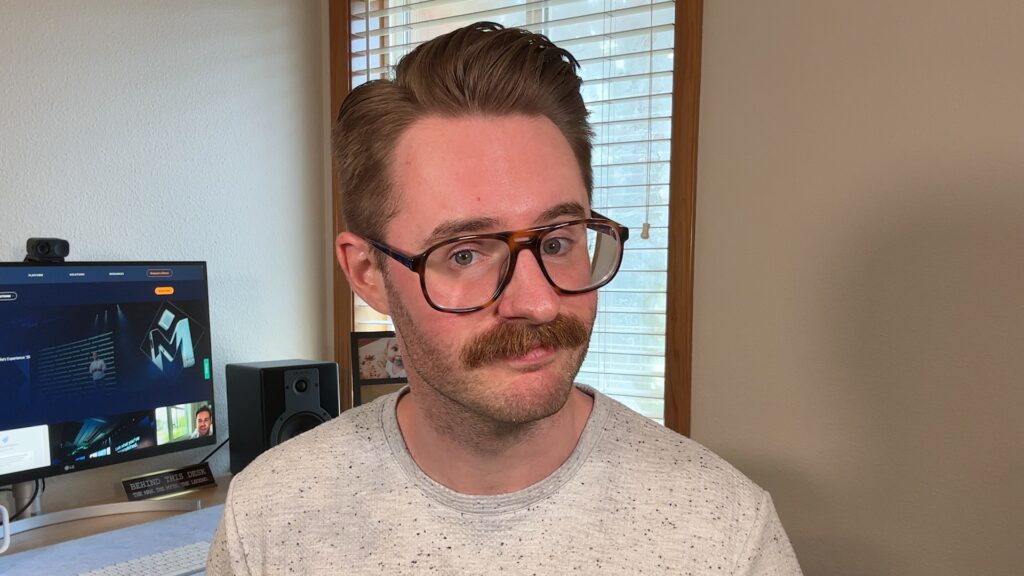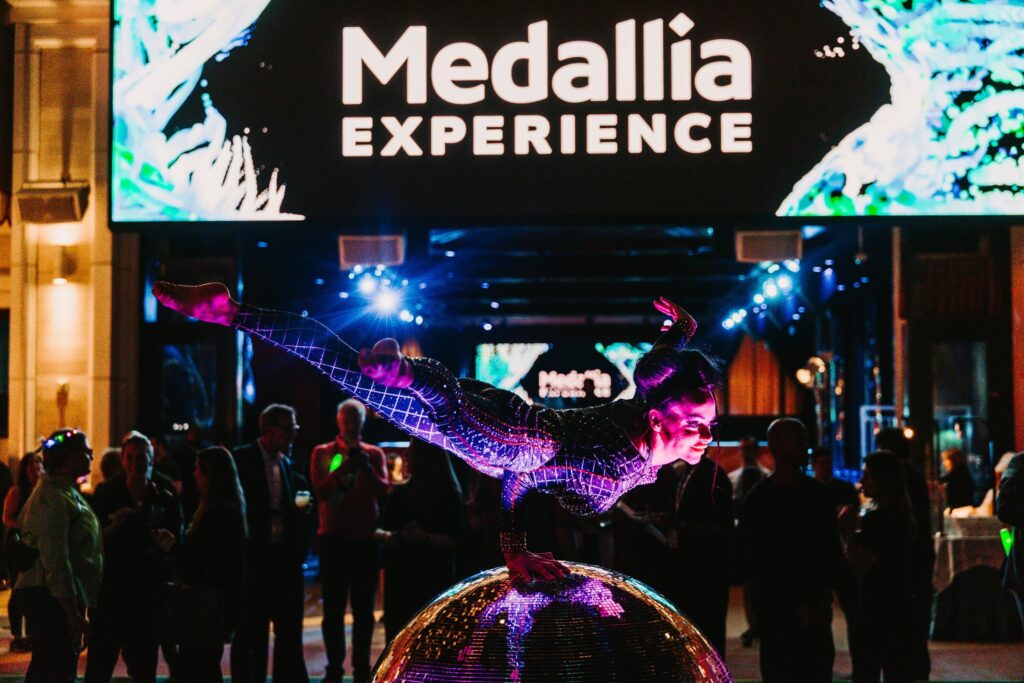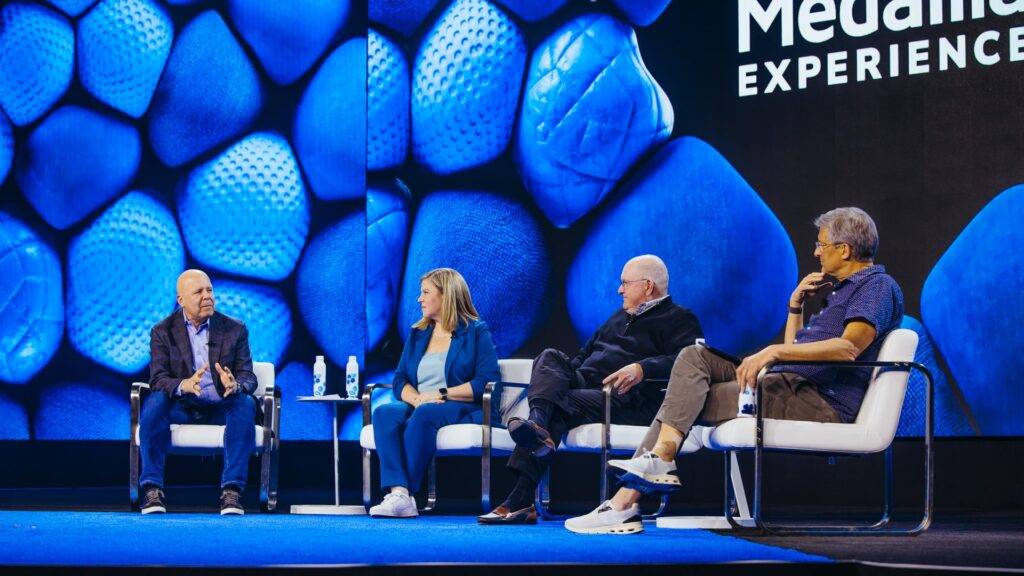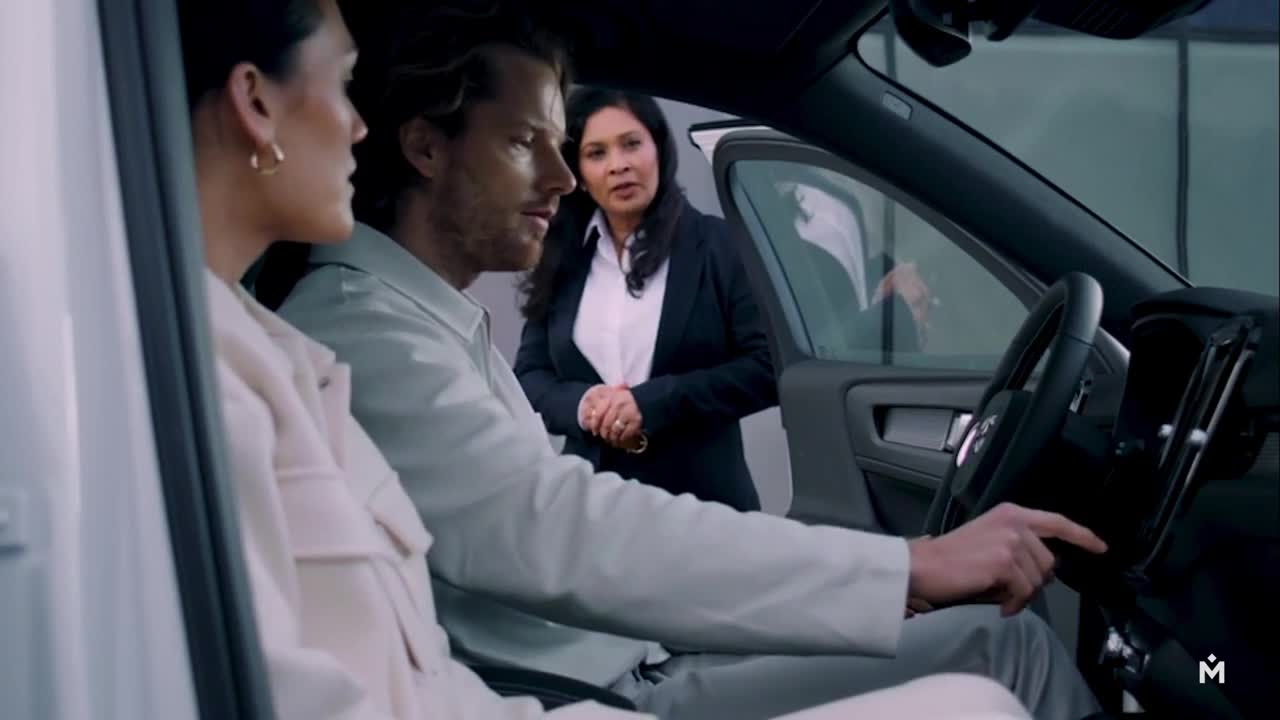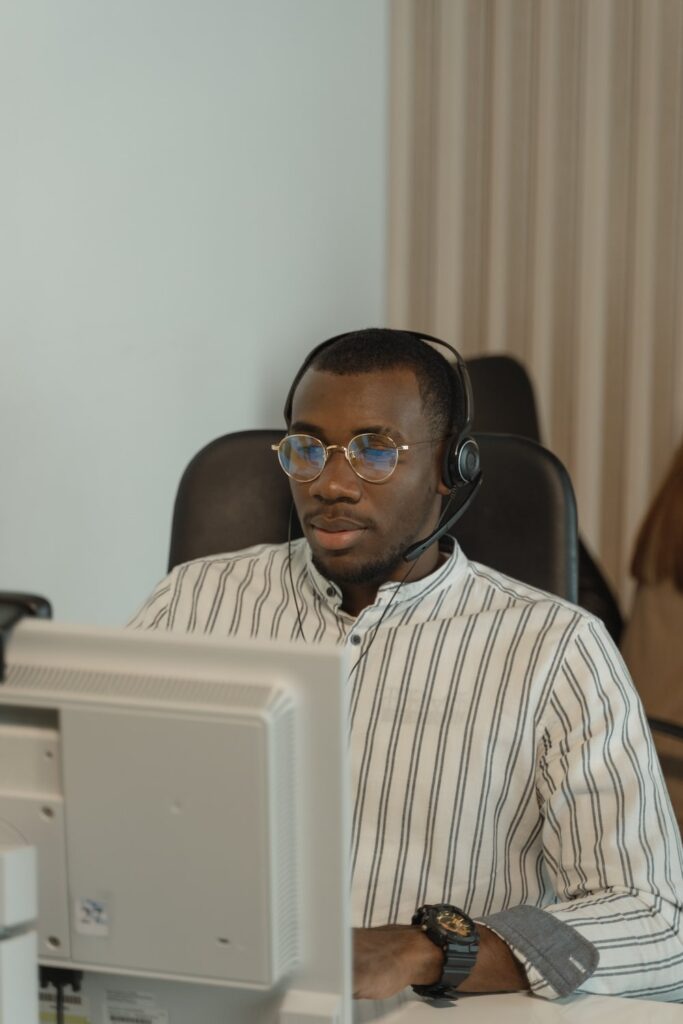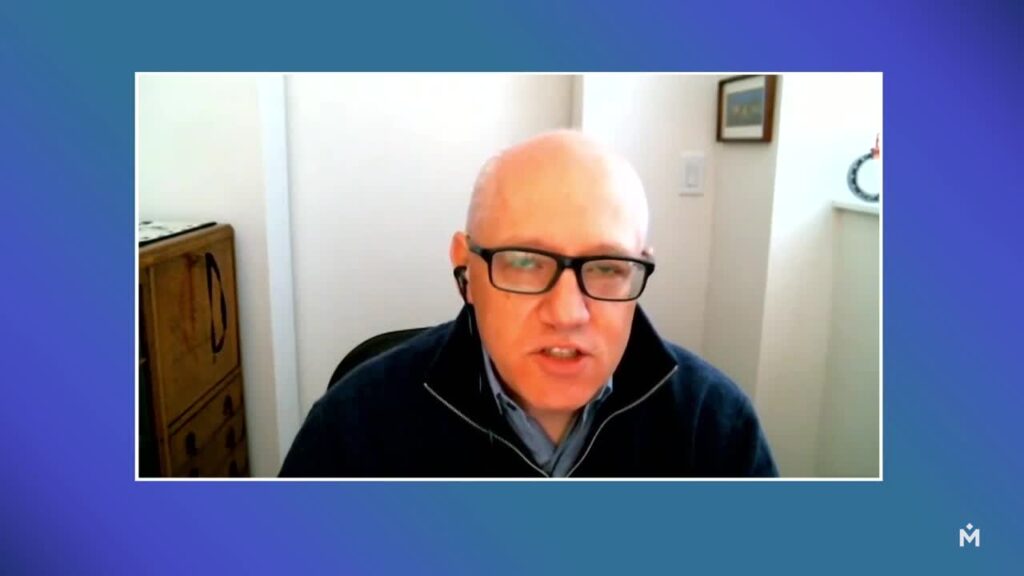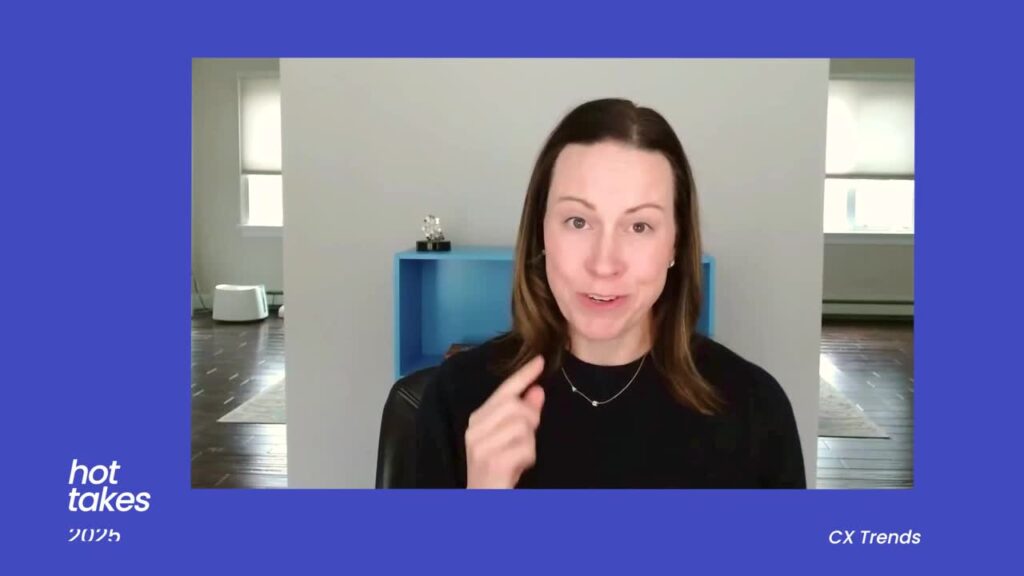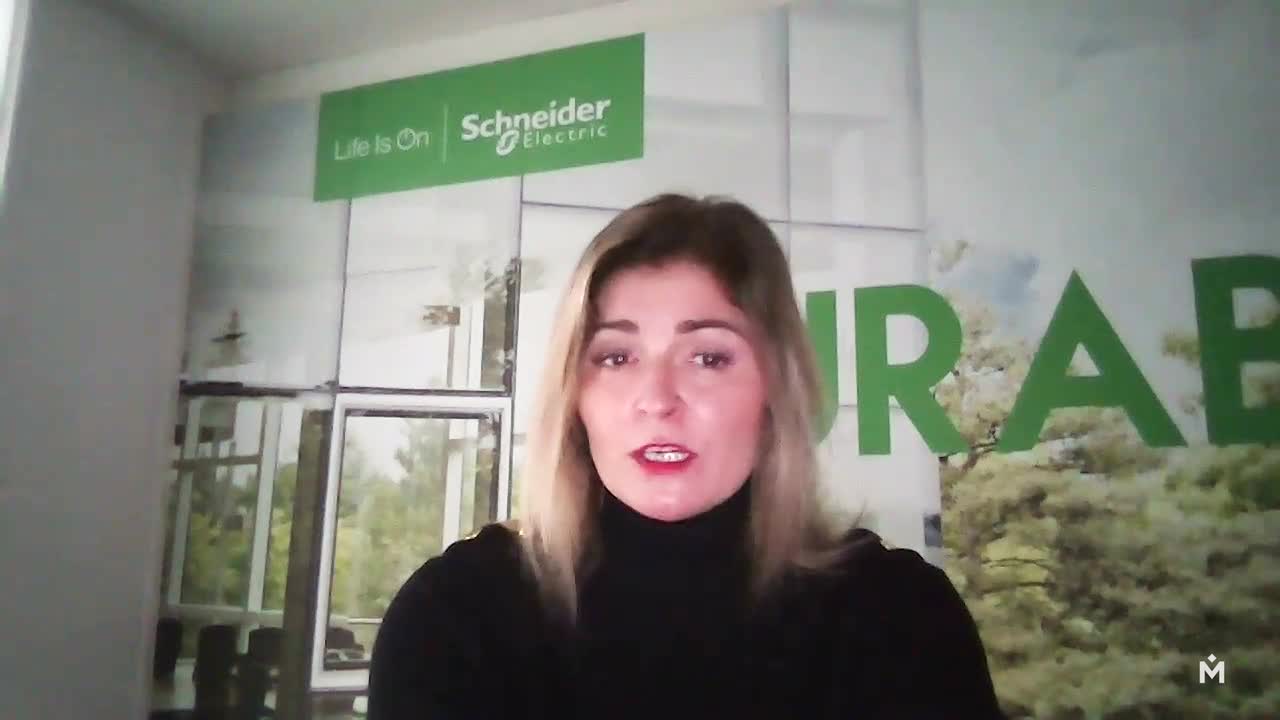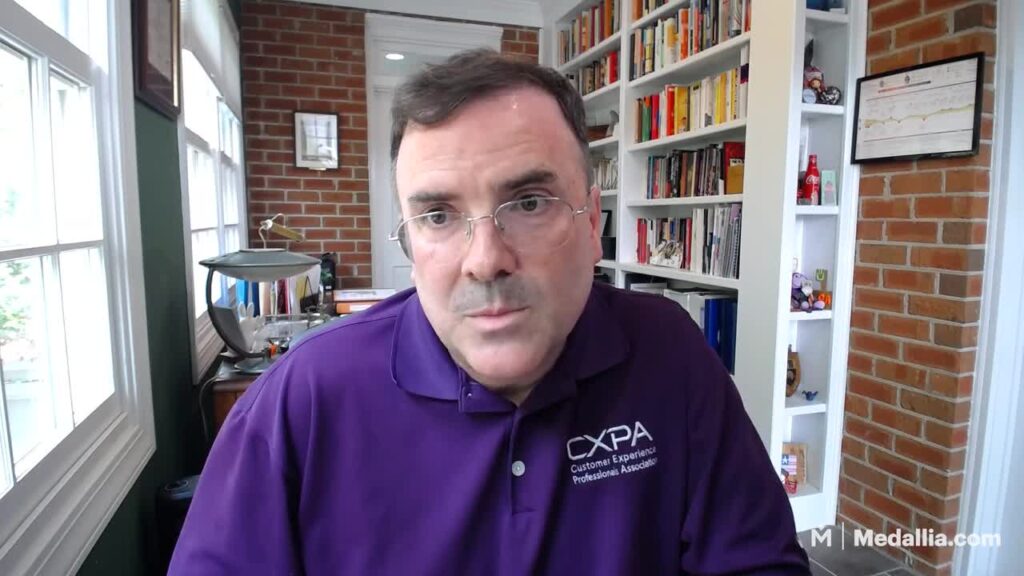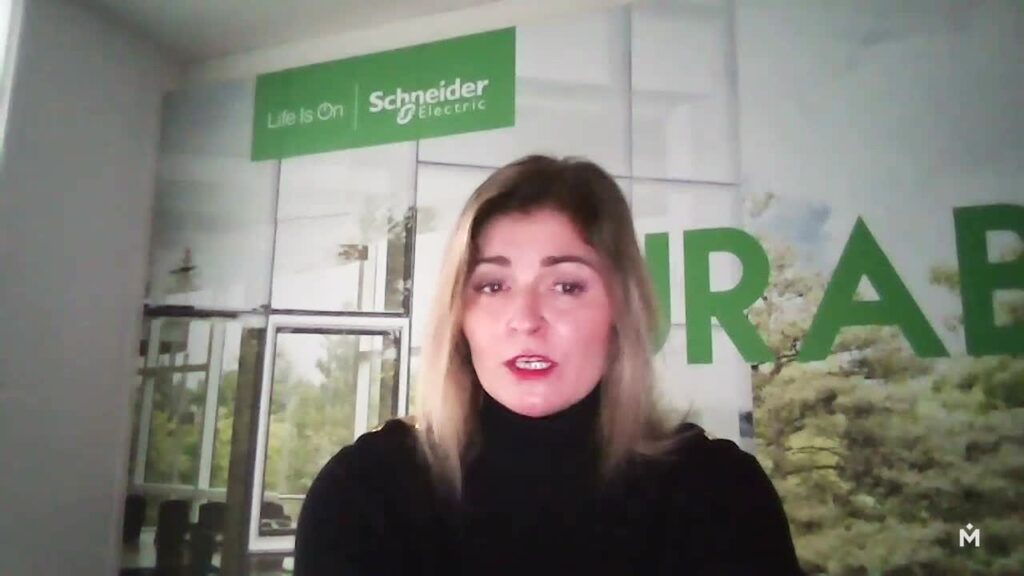Introduction to “Leading with Experience”
Hello, everyone. Welcome to Medallia’s “Leading with Experience.” We’re really excited to bring leaders, experiential leaders, from all over the world to you. Our first guest today is Audrey Hazak from Schneider Electric. We are so honored to have her with us. Audrey, take a minute and introduce yourself and the company for listeners who may not be familiar with Schneider Electric, and what you do at the company. And just, thank you again for being with us today. Really, really honored to have you on the show.
Audrey Hazak’s Journey and Role at Schneider Electric
Well Bill, really, thank you for having me. It’s really a great opportunity to have this exchange. So my name is Audrey Hazak. I am senior vice president of digital customer relationship at Schneider Electric. My journey starts with Schneider mainly 25 years ago. Prior to my current role in digital, I held several positions in business operation, digital transformation, finance, merger and acquisition — really multiple global avenues at Schneider. We are a technology company providing energy and digital solutions for efficiency and sustainability for our customers around the world. We are a €29 billion revenue company, with almost over 128k employees in over 100 countries. At Schneider, we have two key businesses, energy management and industrial automation, because on one side, we have to bring energy to all people who don’t have access to this, and it’s almost two billion people across the world. And at the same time, we’ve got to make sure that the footprint of the energy and resources, the carbon footprint, will be divided by two in the next coming 20 years. In fulfilling this purpose, we see our mission in a very clear manner. We want to be the digital partner in sustainability and efficiency. Wow, that’s incredible. And 120+ thousand people globally is such — that’s a lot to manage.
Audrey’s Non-traditional Background and its Impact
I’m really interested Audrey, you know, you have maybe a non-traditional background from an experiential leader perspective. How has your expertise in areas like business development, credit, etc… How has that helped you prepare for your role today? Yeah, you’re right. In mainly the 25 past years, I was really spending the last four years in digital and the 21 years really in business development in finance, merger and acquisition, business transformation. And this was really helping me to have a deeper understanding about the key concepts and strategy that are really related to this area. This can include the knowledge of the market trends, analysis, sales and marketing techniques, financial modeling and analysis, risk management. This is really super important because this was also helping me really to understand what the customers, partners, the full ecosystem, but also the sales population is looking for. So the ability to generate insights and recommendations based on data definitely can help leaders, and I was suffering a lot while coming really from the business side. This is super important to make more informed decisions and develop more effective plans for growing the business and the opportunities. So my expertise can serve really as a valuable resource for the leaders looking really to gain a competitive edge in the marketplace and achieve the business goals, and really to understand better what does it mean really to deliver the best-in-class digital customer experience? Wow, that’s fantastic.
Favorite Digital Experiences and Markers of a Great Digital Experience
I’m curious, Audrey, given your role, what are some of your favorite digital experiences? And as you think about that, what do you think are the markers also of a great digital experience, as you bring that even into Schneider Electric? So there are, let’s say, different things. I believe really that the “great digital experience” is the one that empowers people. There is a tendency to pit digital and people against each other. And I see these exact opposites. Digitization is here to empower people, and really augment their capabilities. These are solutions that tell people what they have to do in front of a system that has a problem. Our number one priority is really the safety working, of course, in energy management, and the safety of our customers, people, is really at core. And collaboration. Collaboration is really at stake. Digital is the ultimate place for collaboration. Thanks to the cloud, we can share a digital model and people can really collaborate better. There used to be places where utilities, contractors, panel builders, manufacturers, were called on site really to solve problems. Now, with all the common share model, we use them really to bring better solutions and support to our customers. So augmented capabilities, support, and collaboration, that’s really for me, let’s say, what’s bringing the “great digital experience.”
Schneider Electric’s Digital Evolution Amidst Pandemic
Excellent, excellent. I love that human-first element that you’re bringing to digital. And that kind of thread underneath there. You know, the pandemic, as you know, accelerated digital capabilities for so many organizations — across industry, and I think that’s for the better. And now, even consumers — frankly, you and me and those listening, it feels like we are now digital-first. Maybe pre-pandemic, we weren’t, perhaps.
Evolution of Schneider Electric’s Digital Transformation
How has Schneider Electric’s digital transformation evolved over the last few years alongside these changes? How have you maybe rethought your digital transformation, or digital evolution, because of this acceleration to digital? Yeah, and definitely, let’s say there was the time before Covid, And the time during Covid, and the time after Covid. During the Covid, we have really a huge population of technicians that are going on site, really to fix all the customer issues. And as you can imagine, this old population cannot really reach the customer site to fix the things, or only on a very exceptional basis. So immediately we have really to set up something in order to react, and we start really to provide the remote support. This was really, let’s say, the first thing in order to make sure that at least for the critical site, the critical installation, we can provide this 24/7, let’s say, type of services. This was really, let’s say, a kind of first, let’s say, and in less than one month, one month enough, we have really shifted and accelerated around that. And I was mentioning before that marketing, sales, customer support services, quality return supply chain, everything. So this should be in this B2B context, now, a kind of let’s say, immersed, and all the customers are expected really to get this digital experience, and having the digital touch all across this end-to-end value chain. So we have developed many programs and, of course, that has been a huge acceleration, because the customer journey now must be faster, seamless, integrated.
B2B Context and Delivering B2C-Like Experiences
And this is really the ability that we are providing and the acceleration that we are really engaging. This is basically the B2B now context we would like really to deliver a kind of B2C-like experiences because as you say, Bill, you, I, everyone would like really to get exactly the same experience as we have in our daily life.
Discussion on Schneider Electric’s Resources and Mission
What an excellent perspective, Audrey. Thank you so much for sharing that. I’m interested in talking about the resources that Schneider Electric is committing. One of the questions I get, Audrey, is how are organizations setting up for success? And your team’s main mission — and you have this on your LinkedIn profile, which I love — is to deliver a frictionless end-to-end digital relationship of the future for your customers and frontline employees to enable growth and customer loyalty. What types of resources are in your organization specifically to be able to deliver against this promise?
Yeah, no, definitely. Two years ago, so we have decided, really, let’s say, to set up this new organization. The objective when we are saying that we are focusing on the experiences and that we would like really to make sure that we focus first on the, let’s say, the empowerment of the 45k frontline employees that we have. But also, let’s say, our customers, partners, I was mentioning more than 600k, let’s say, partners in the ecosystem, we set up a very, let’s say, specific organization making sure that we are organized from, let’s say, the marketing, sales, customer support services, all the experiences, e-commerce, web — we put all of that together in order really to make sure that we cut the silo and that we bring really the glue between all the different aspects. And making sure that we really digitize the full end-to-end. So for that, we build the full and new and complete architecture, which is really innovative by defining what is really, let’s say, all the front application being then the middle-end and then the backend. Redefine all the business processes, the data architecture, and all the different, let’s say, application that are really feeding and delivering, let’s say, business services. So this really, to deliver this frictionless end-to-end, starts really by a redefinition of what the customer types are looking for, what are the expectations, and then building the processes around that. What are the business services of digital capabilities, and then rethinking about, let’s say the full landscape.
Best Practices and Pitfalls in Setting Up the Organization
Audrey, I have to say, you know, one of the privileges of my role is I get to speak to a lot of organizations around the globe. And Schneider Electric and your approach is very far advanced along the maturity curve. You know, I’m curious, do you have any sort of best practices, or even pitfalls, as you set up the organization a few years ago? Any sort of tips that you would like to share with our audience as you went through that evolution yourselves?
Yeah, I think really the first starting point is really to perfectly understand what the customers are looking for. And what also is helping, let’s say, the front line. And very often this is, let’s say, going immediately, let’s say, to digital tech discussion which HAPs do we need, which kind of things? But really, we have to perfectly understand what is the expectation. And this is really starting by, let’s say, this first step. The episode one of the digital of the internet was about connecting people to people, and people with people. And when we say that it’s super important because we have really to understand what they are looking for. And we have, let’s say, tons of data, tons of applications, tons of software. But what is really important is making sure that we transform that really in the journey and we understand the behavior, we understand what the customers, partners are looking for: where they are clicking, what is missing, and what can help them. So really, putting all of that together and having this personalization of the digital experience is making a big difference. And for that, you need people that are really expert, that are living close to the electrician, the panel builder, distributor, in order really to understand what they are looking for and what is making the difference in their journey in order really to provide exactly what is needed. And we have also to provide the kind of, we call that simplicity. Because this is the only way to drive the customer engagement and the satisfaction.
Having that in mind, we have consolidated the different business services and tools that now can be accessed in one location. It’s also super important, easy journey. So on my Schneider application with one or single login that provides 24/7 access to all the content, software, tools, services. This is the only way really to help the different customer types to manage their business and get personalization, let’s say, or personalized support. So I really love that you are really bringing people through that journey, but connecting them digitally. Such a great way to approach not only thinking about sort of the journey, but also thinking about how to connect customers through even non-digital properties as well, and getting them into maybe a contact center or otherwise.
Future Evolution of Digital Leaders and Technologies
How do you think the work, Audrey, of digital leaders like yourself, will evolve over the next few years, particularly when you think about different technologies or capabilities like artificial intelligence and machine learning in design research, etc.? Do you see even your work, or have you started to even think about that, perhaps, over the next couple of years?
The Future of Digital Experience and Technologies
It’s a good question. No, I was not thinking about, let’s say, the evolution, let’s say, in several years. But I really think that digital will stay there. OK. And really history has seen, let’s say, many revolutions: the iron and then the steam revolution, the electrical revolution, the IT revolution, the internet revolution. And now we are really at the beginning of the next major revolution with the internet of things, or the IoT, where everything is connected and where new technologies like big data, artificial intelligence, virtual extended reality, will converge to digitize the world around us. And look back at the past 20 or 30 years, the internet has revolutionized how we interact people to people, and I really think that the next decade will revolutionize how we interact, let’s say, with our environment, and this is absolutely critical. We are facing the catastrophic impacts of the climate change. The IU team with its massive potential for greater efficiencies, resilience, is one answer to this existential challenge. Clean energy generation and electrification by allowing us to decarbonize and be more efficient with the energy we consume and produce is another. And I really think that we have really to have this in mind and and moving to that future — to that green future — and really making sure that we are building this nice future.
On top of that, if I may, the power of the artificial intelligence really is helping us to be — to make smarter decisions. That’s relying on facts and enormous amounts of data that are providing companies, let’s say, the operational benefits, and they’re really helping us on this path to the sustainability. So really, the role of the digital leaders will suddenly continue to evolve and become, let’s say, increasingly focused on leveraging artificial intelligence and machine learning in design and research.
Audrey, I’m really curious, I mean, you know, people talk about the, you know, the “metaverse,” and it’s such a buzz-worthy topic these days. But you know, even outside of artificial intelligence and machine learning, how do you think some of the new technologies — whether that’s wearables, or even, you know, you mentioned extended reality — How is that — how might that even change sort of the digital experience that Schneider Electric is delivering?
Yeah, digital experience is really key for wearable, let’s say, technology to fulfill its potential. Research conducted by Salesforce, if I will remember last September when we were in Dreamforce, the reports that 79% of the companies who have adopted wearable technology in business say that this is instrumental to their success. If we look at the B2C environment, the wearables market is largely dominated by smart watches, health and fitness activity trackers. Also the amount of the use cases is gradually expanding. So there is a massive, yet, let’s say, explore potential of wearables in the global market that is not even, let’s say, in the full swing. So if we look at the B2B side of the story, the remote operation becoming the new normal. In recent years, the remote operation management was already becoming mainstream in selected sectors such as offshore oil and gas production and offshore wind farms, for example. However, with the Covid-19 pandemic, this has forced many more companies to shift to running the operation remotely. And this, let’s say, requires a connected workforce with appropriate cyber-secure tools, real-time visibility control to help meet the challenges of the full remote access to the operations. In addition, I think to improving efficiency and providing a safer working environment for employees, this solution also helps company capture and manage the knowledge and incorporate and deploy new workflow processes.
Augmented reality, for example, allows the remote user to see any asset in the plant with relevant information digitally, and the augmented reality devices sense what the remote worker is looking at and displays the data needed for the operation at the end. And this is really linked with one of our solutions, like the EcoStruxure virtual engineering is the digital service that is enabling the users to replicate industrial automation control system on the private cloud. So all of this is really, for me, let’s say, helping the future, and if we look about the metaverse, I fully agree. This is one of the recent, let’s say, buzzwords that the world of the technology is using a lot.
And to us at Schneider, digital twins, augmented reality, virtual reality technology are not new. We have been really advancing the building blocks of what we call the “enterprise metaverse,” and we are building this today. By converging data platforms between Schneider and AVEVA — just recently, let’s say, acquired, we share services and connectors for common systems to create a single digital twin. So this is all of that building, let’s say, blocks for a fast-tracking enterprise metaverse that includes connecting physical assets via the IoT and edge controls, software capabilities with digital twins for buildings, energy, and industry, and having one data repository for operations, processes, assets, energy, and carbon emissions. All these elements together make up the future of the energy management and the industrial automation, opening the doors to the enterprise metaverse.
Driving Efficiencies Through Digital Experience
Excellent, Audrey, really appreciate that. And you really are, your organization really is at the forefront of sort of this digital revolution and thinking about and driving that change. One last question for you, how — and this is a really important one, I think very timely, you know, the continued uncertainty with the economy — how can companies use digital experience to drive more efficiencies, not only on their digital properties, whether that’s apps or websites, but even across the full customer journey? What best practices, or what ideas would you offer to our listeners around driving more efficiencies through the full customer journey?
I really think that companies can use digital experience to drive more efficiency across the full customer journey. This is absolutely clear, and leveraging the technology to streamline the processes, improve the communication, the touchpoint with our customer, and then finally the overhaul experience both for the employees and the customers. One way to do this is by using the digital tools to automate repetitive tasks and processes, such as customer service inquiries, account management. And then by using artificial intelligence like the chatbots, this can quickly and effectively respond to customer inquiries, freeing up time for human customer service representatives to focus on more complex issues where they are really providing, let’s say, added value.
We are — at Schneider, we introduced Jo. Jo is the virtual agent to our customers, awhile ago. It’s our customer favorite guide across the Schneider Electric online platform, available 24/7. This is powered by AI. The virtual agent is finding the answer, resolving some issues in just a few clicks, And this is, let’s say, across the full journey. He’s valid for pricing and availability for the other experiences, delivery experience, product documentation. It’s about all of that. And this is really one way to make sure that we provide, let’s say, efficiency. Then we can also, let’s say, use some tools in order really, let’s say, using project management software. So this is a foreign company that can track progress, share information across the team, leading to a more efficient and effective workflow. So this is an additional thing.
Additionally, I really think that the game is really around the data and the analytics really to better understand what matters for the customer. What is the behavior of the customer, what are the preferences of the customer? And this is helping really to focus on what really makes sense. And accordingly to that, you will really put your head thoughts, and all your focus, by optimizing these digital experiences such as the website, the app’s design, that’s really to meet customer needs and avoiding really to touch everything — that’s really to touch what makes sense. And the only way to make that happen is really to have real intelligence behind the data, which means real data quality, analytics capability, intelligence capabilities for AI. And this really is providing efficiency as soon as you are entering in more personalized, seamless customer journey. Everything is really reaching the point immediately, and that’s making a big difference.
Audrey, it’s an absolute honor to have you on the show. Thank you so much for sharing such incredible examples with our audience. For our listeners, thank you for joining Medallia’s “Leading with Experience.” Audrey, I just wanna say thank you for the gift of your time today.
Thanks really, Bill, for the opportunity and really happy to connect with people that will watch this podcast and really happy to answer any questions if you need any — exchange tips, best practices, really happy to do so. Schneider is really happy to give, let’s say, some kind of advice on that. So thank you, Bill, for the exchange and this opportunity.
Thanks so much.
